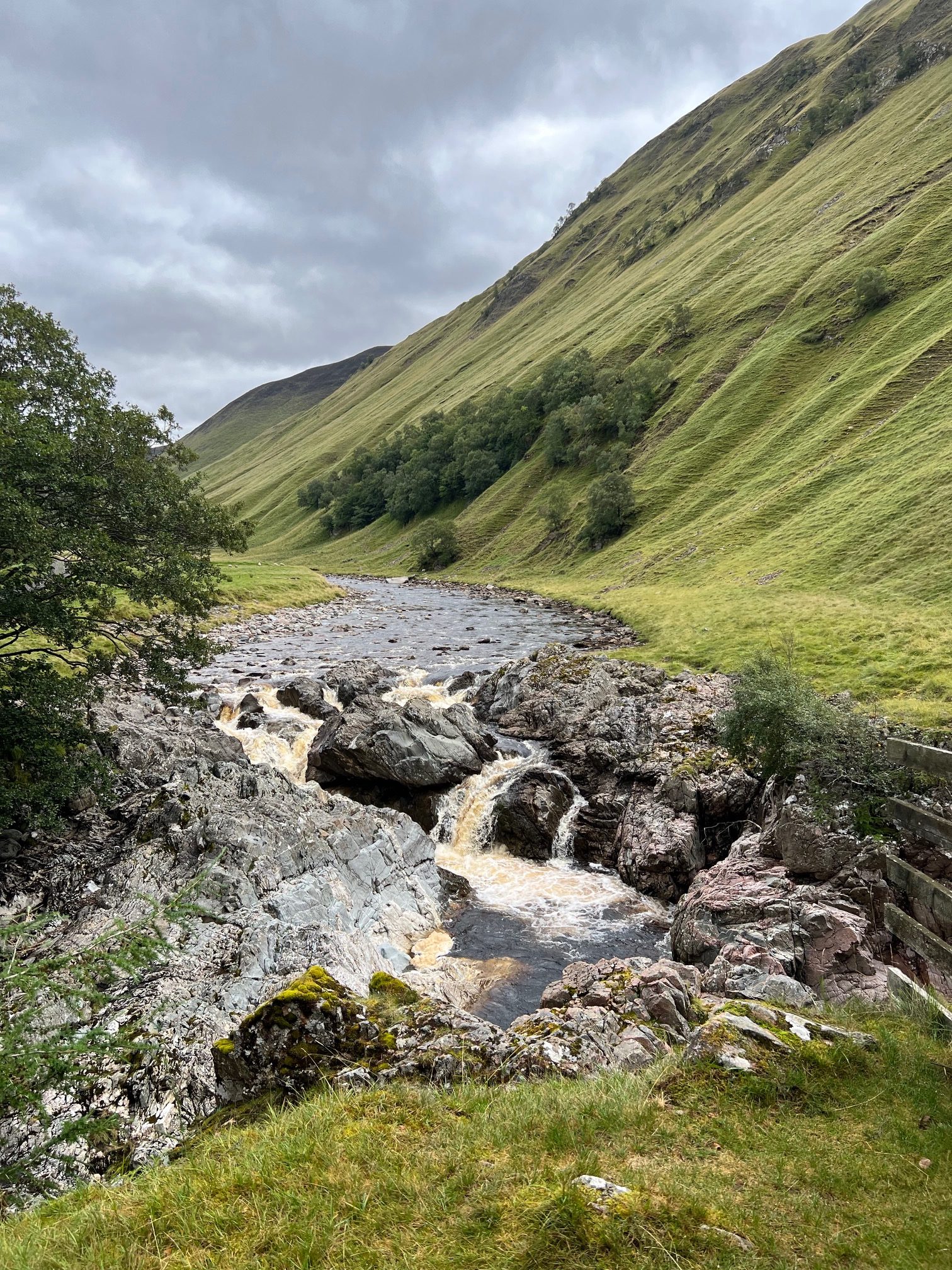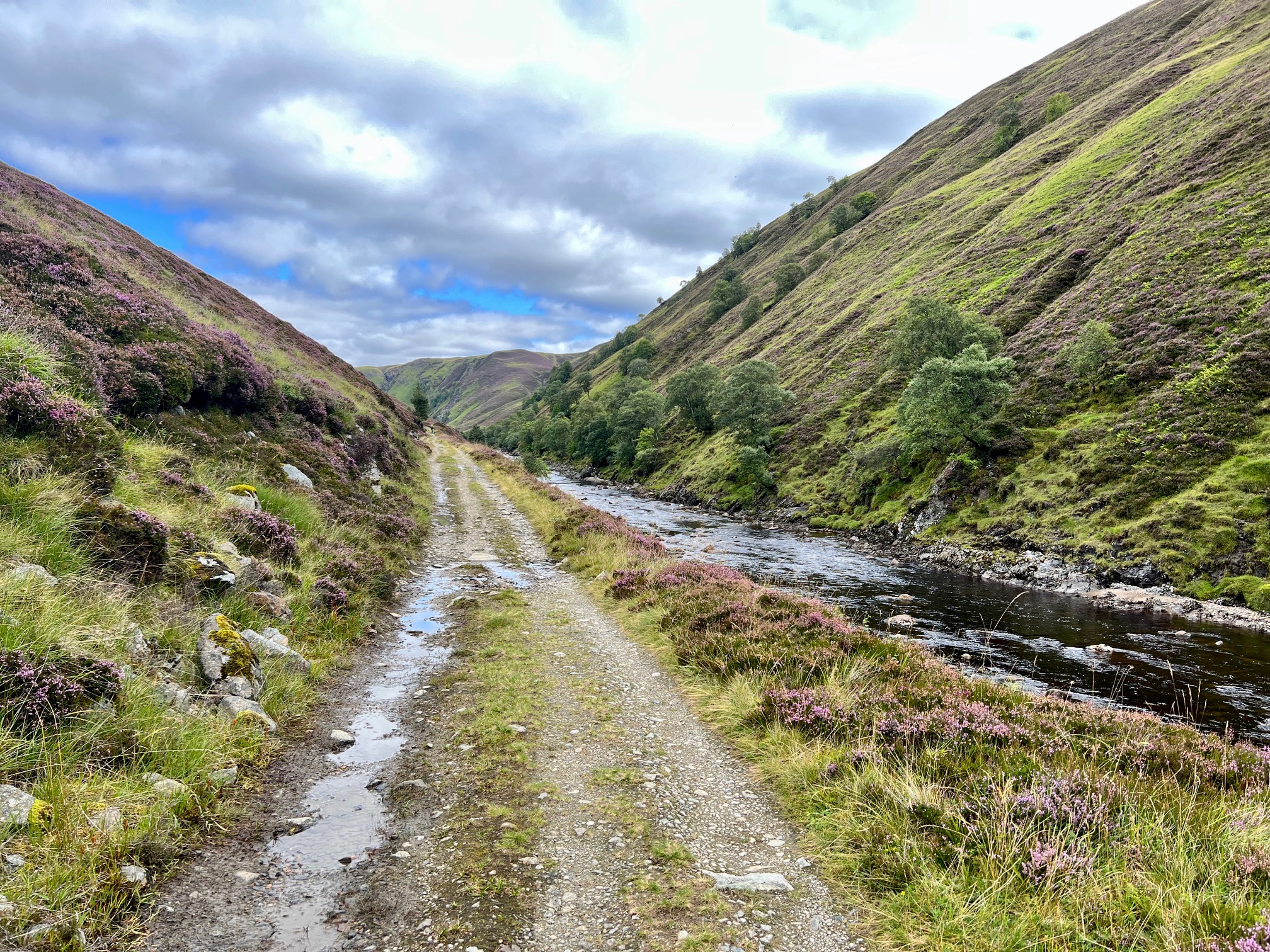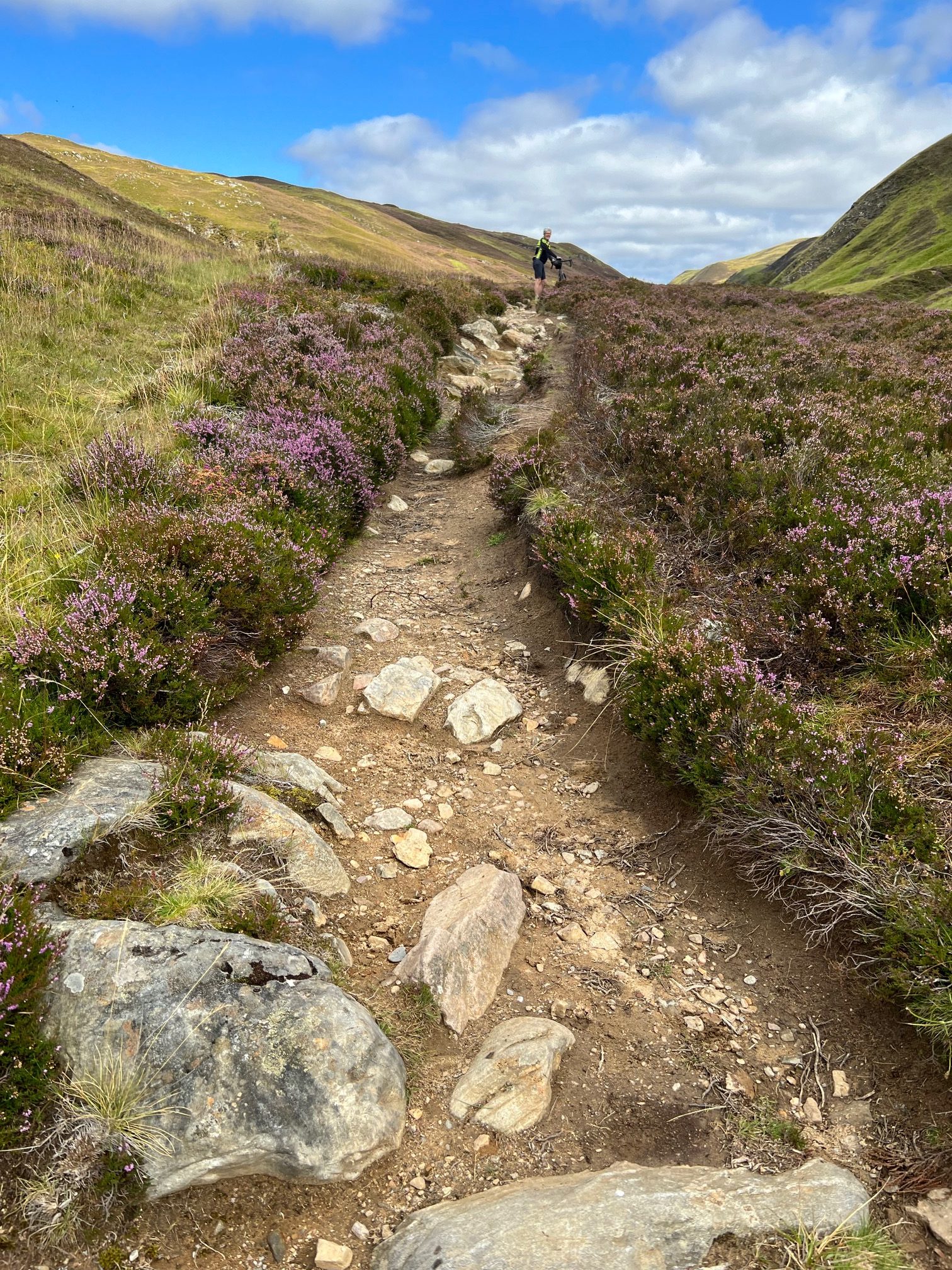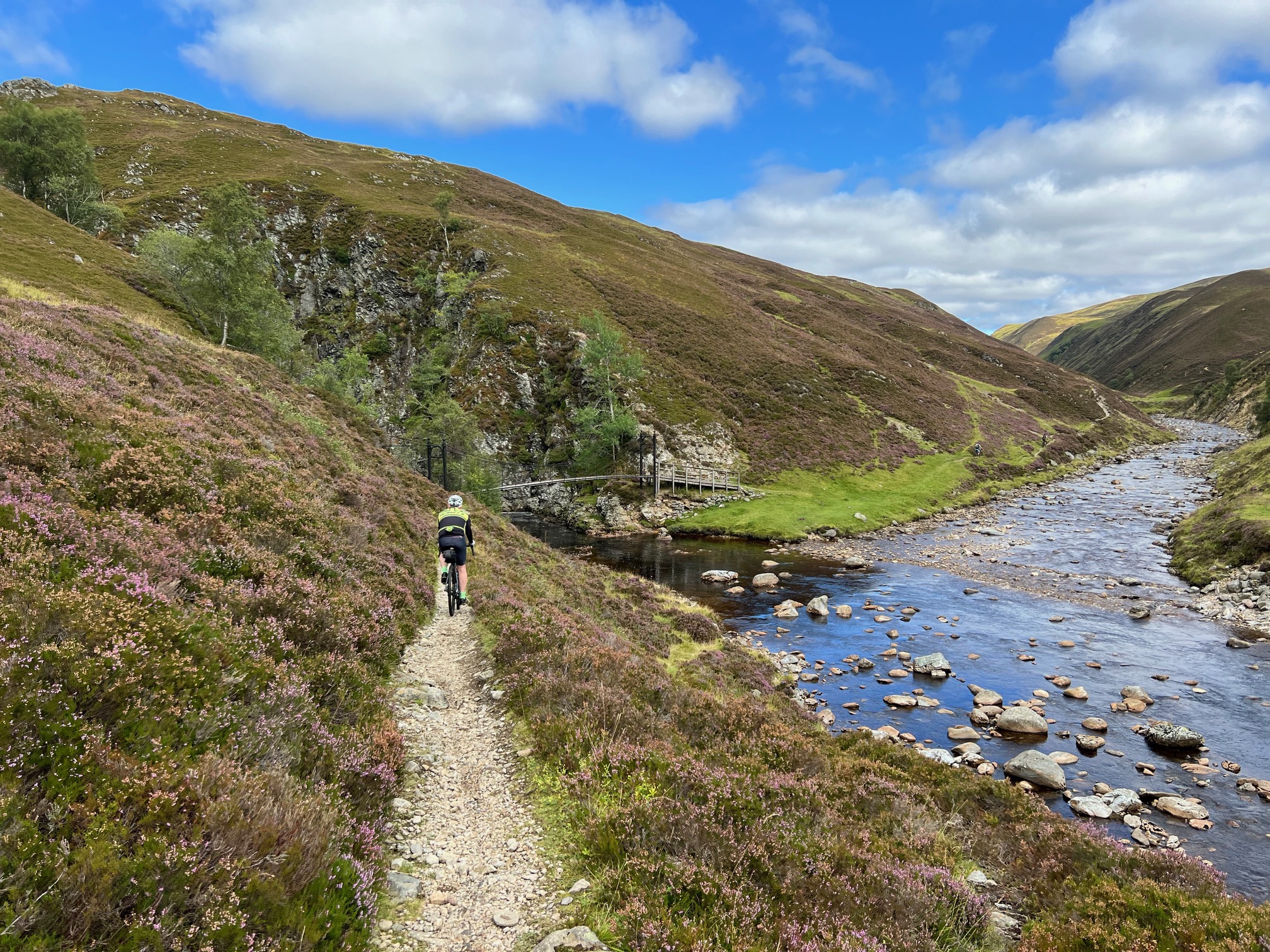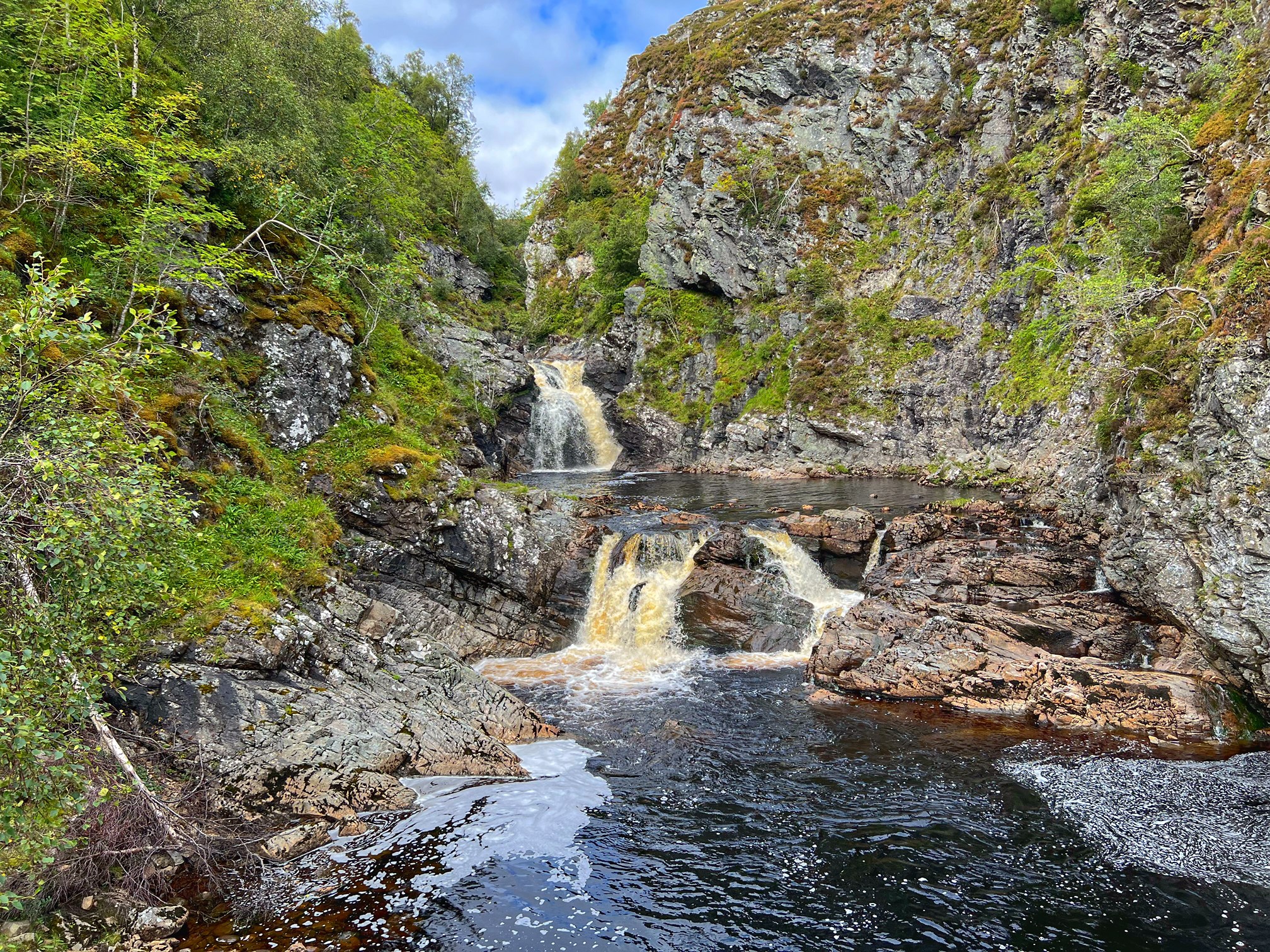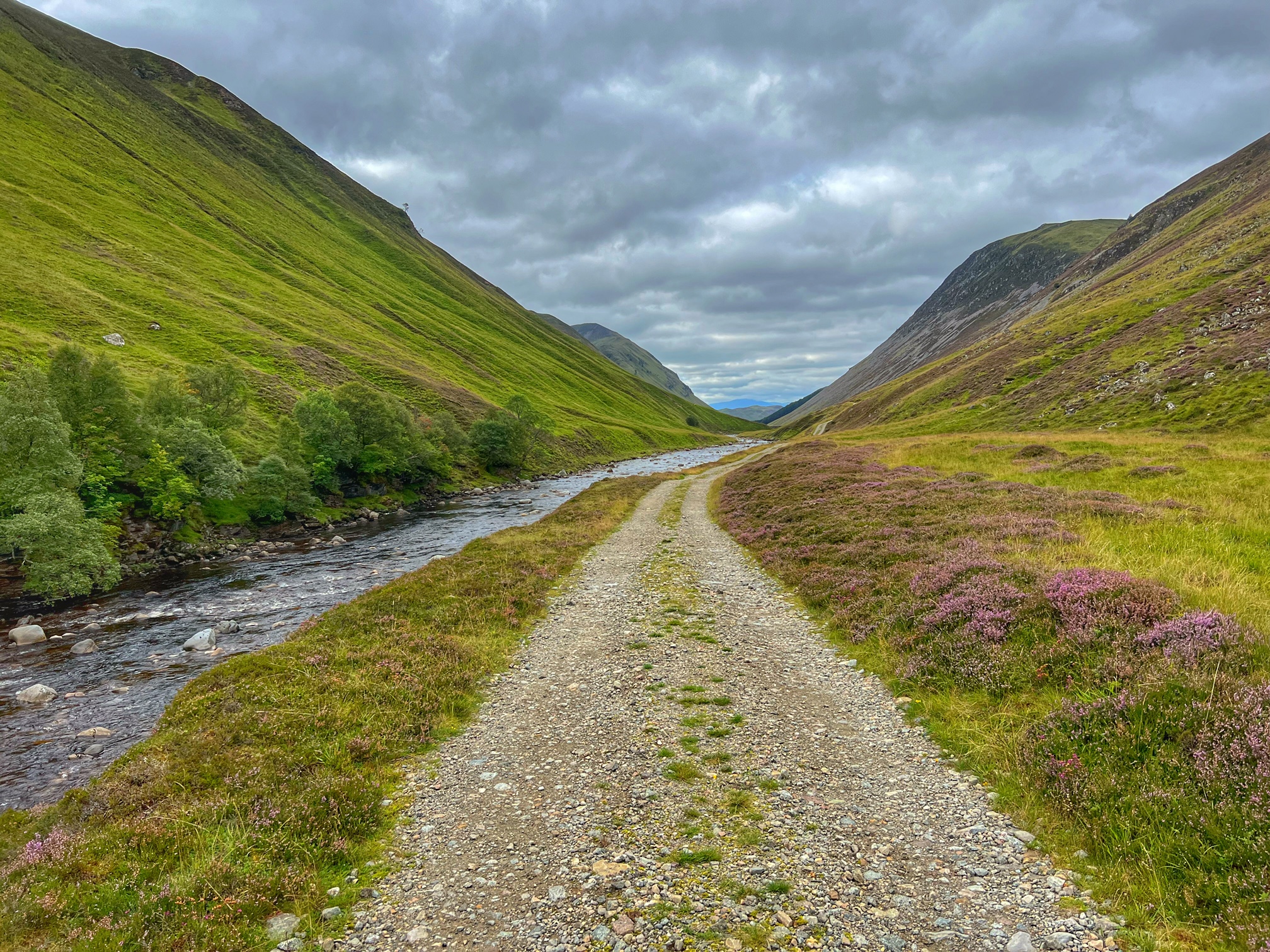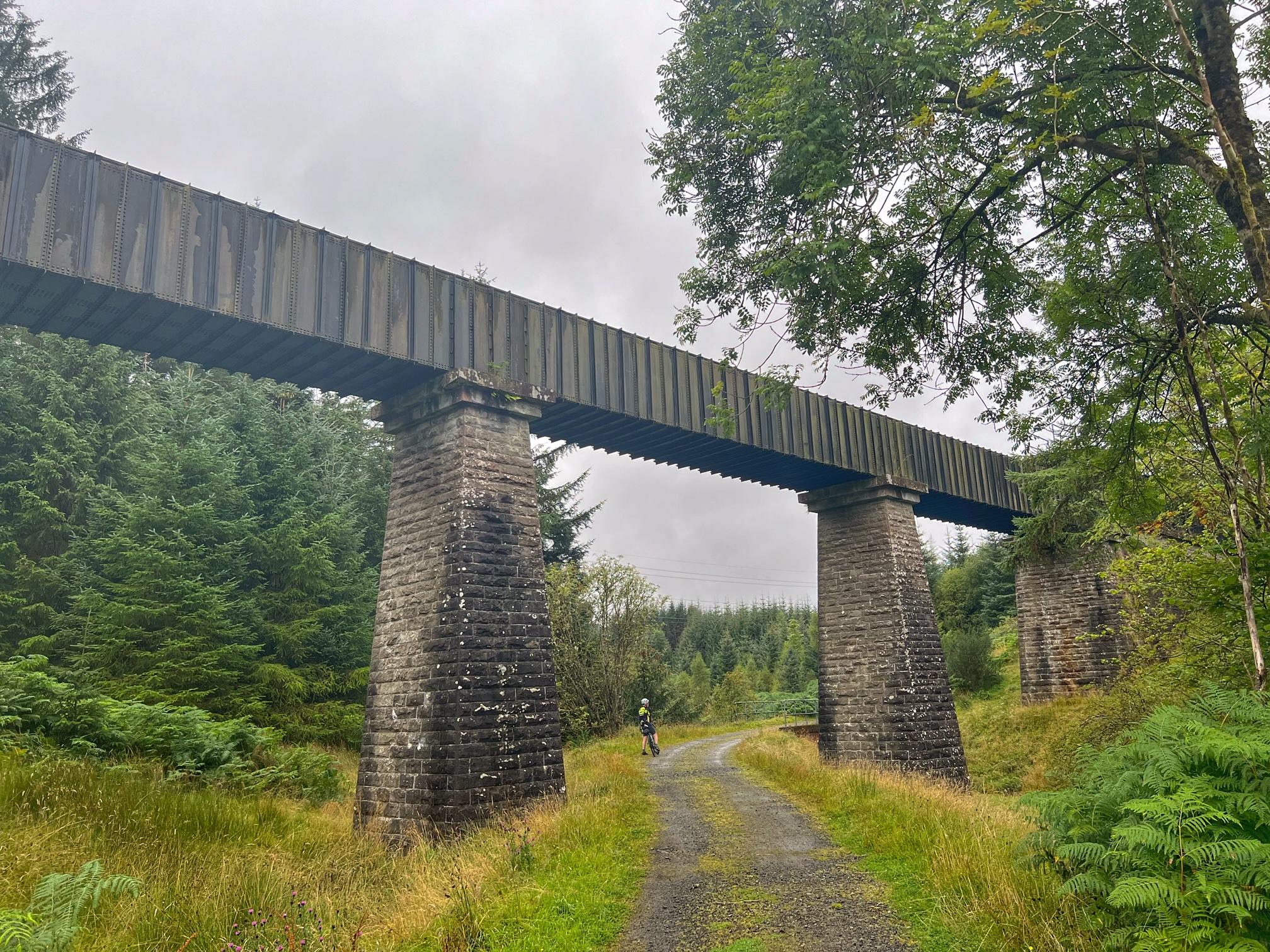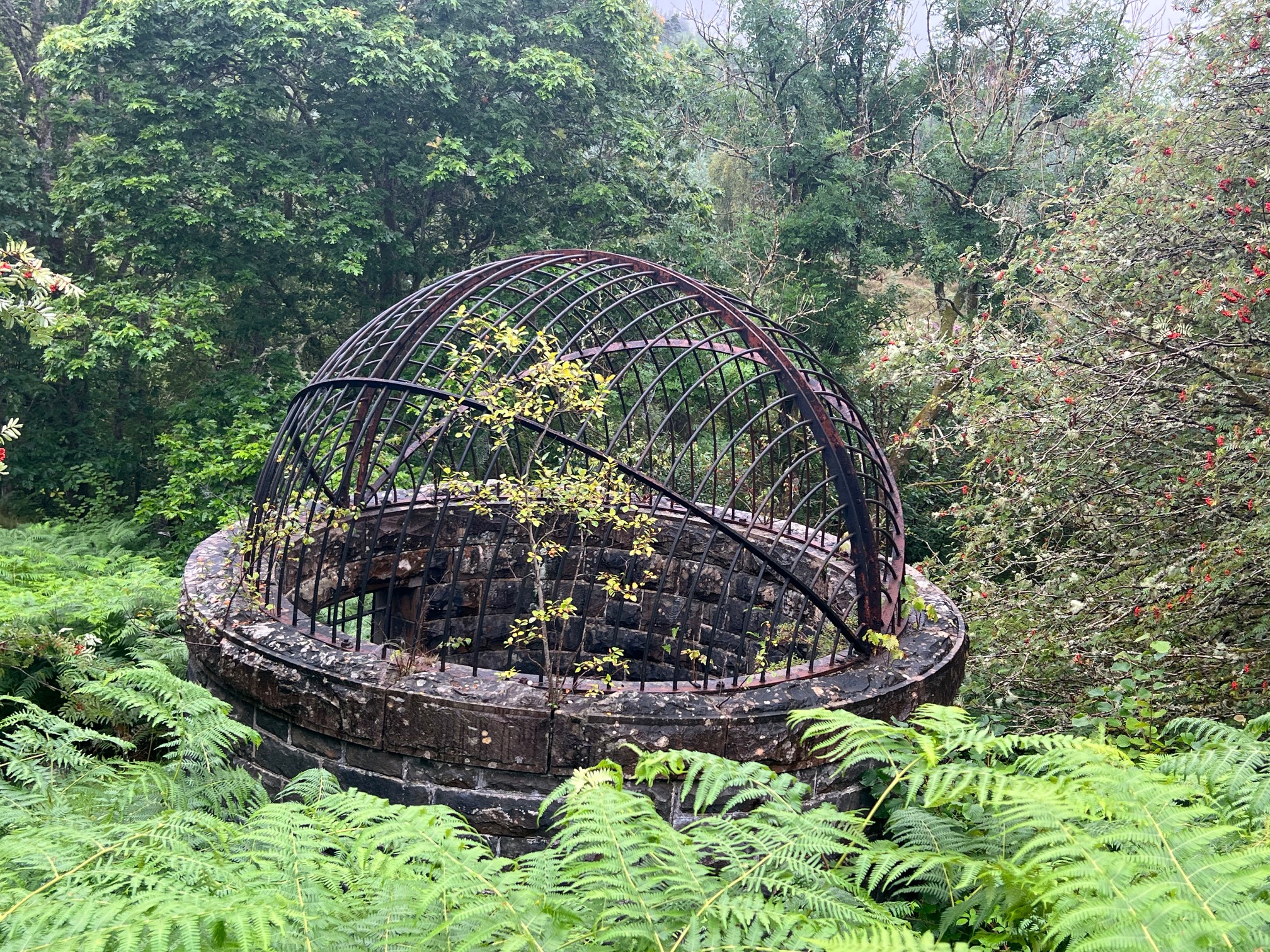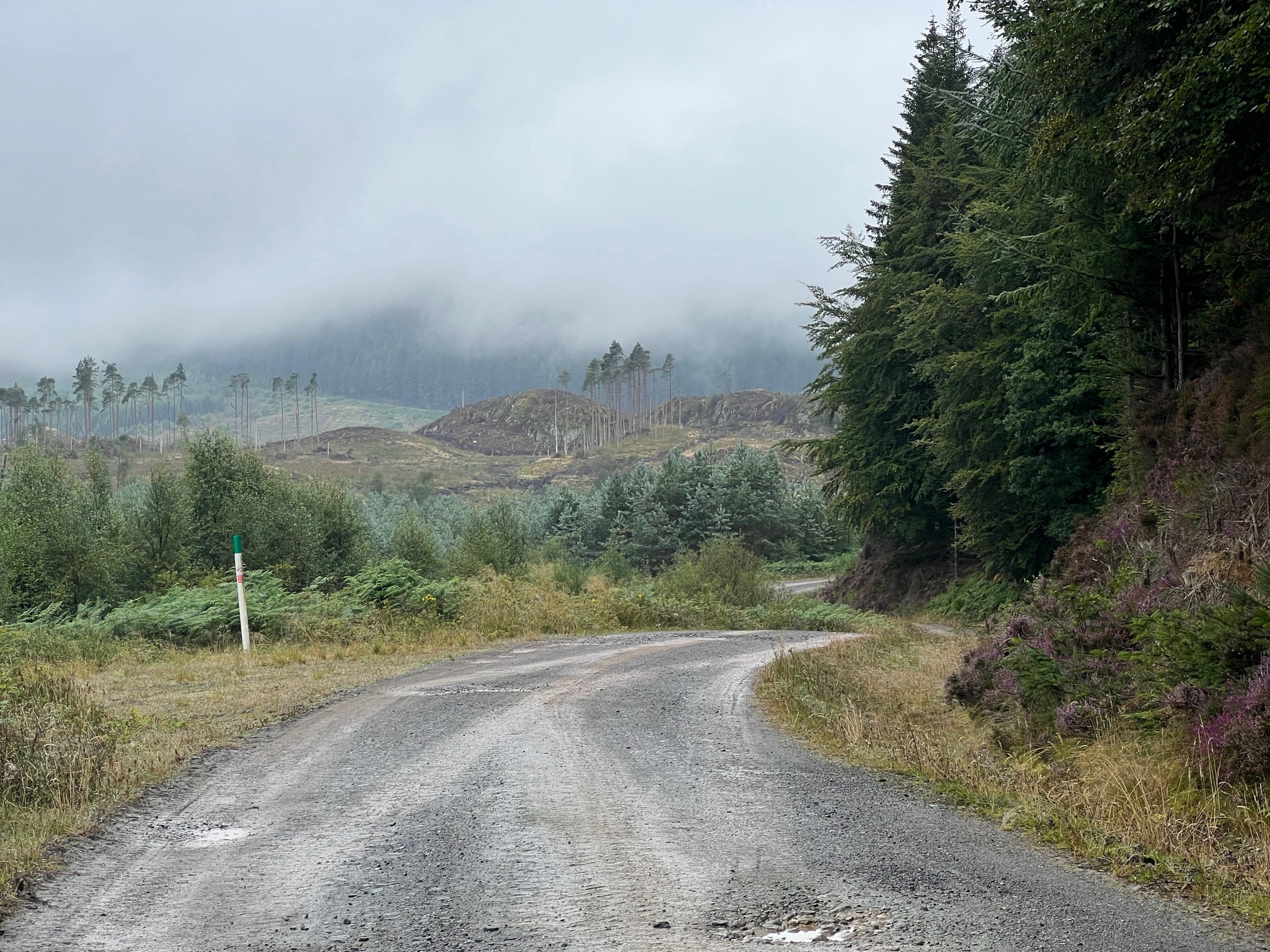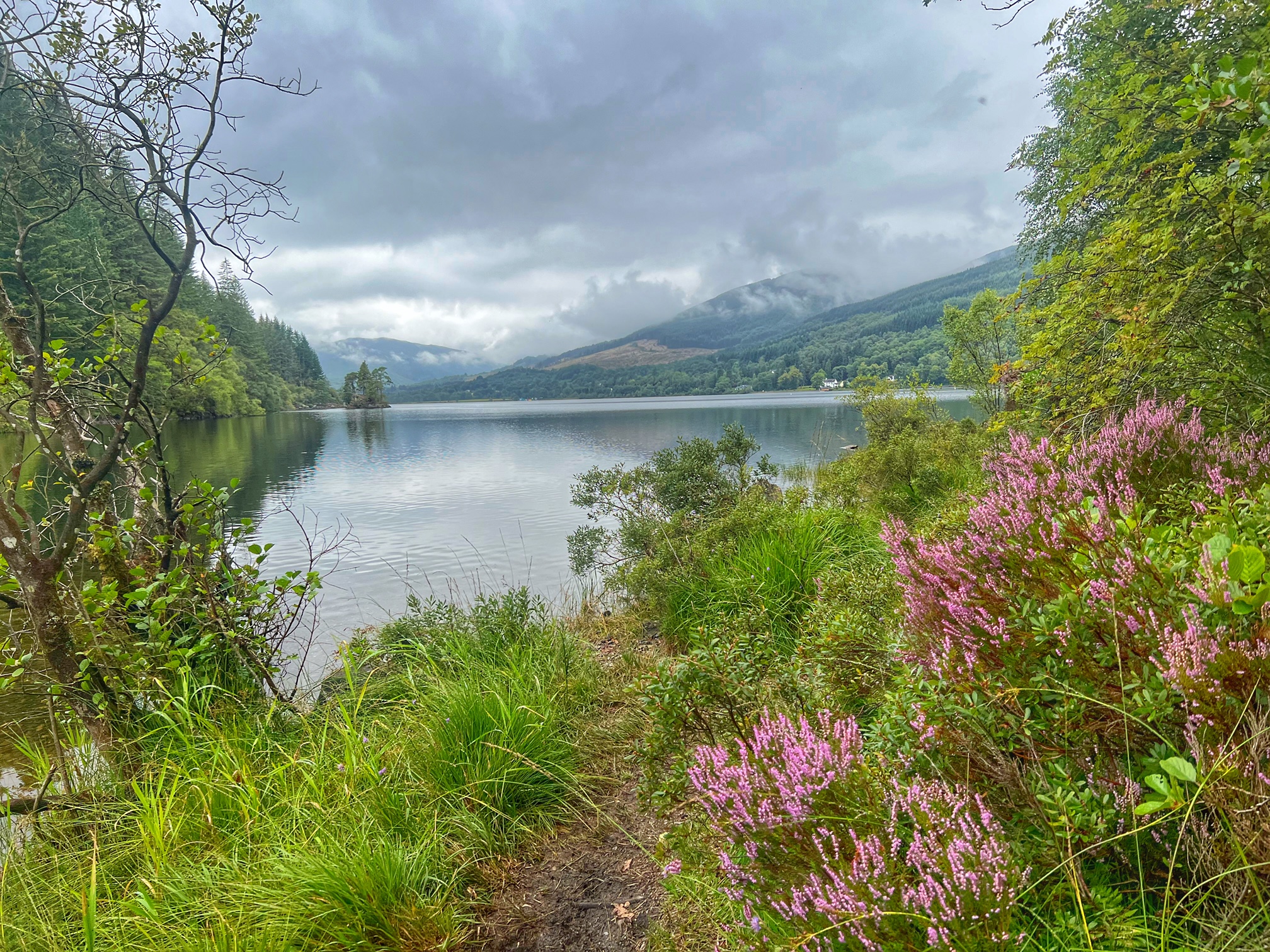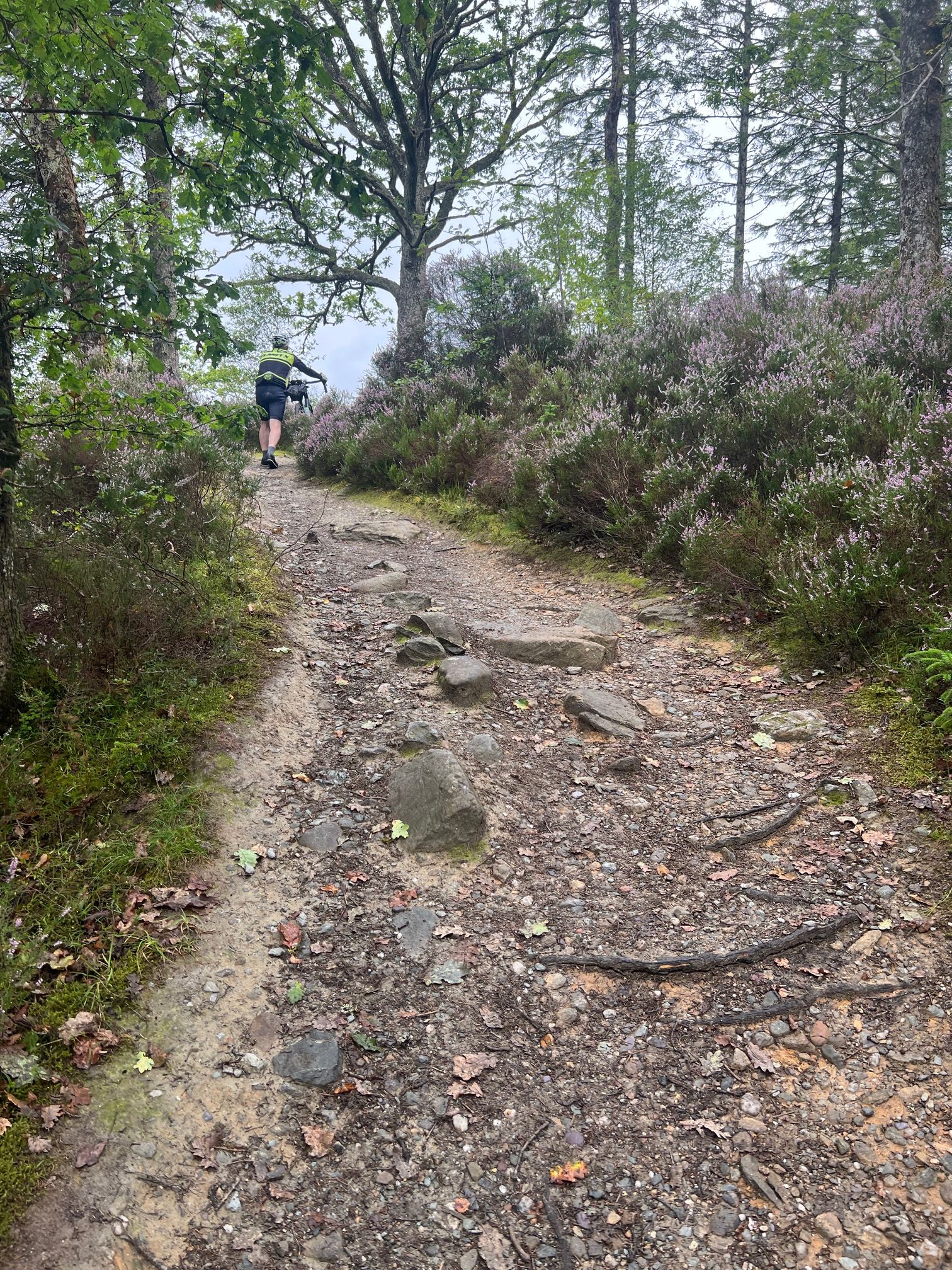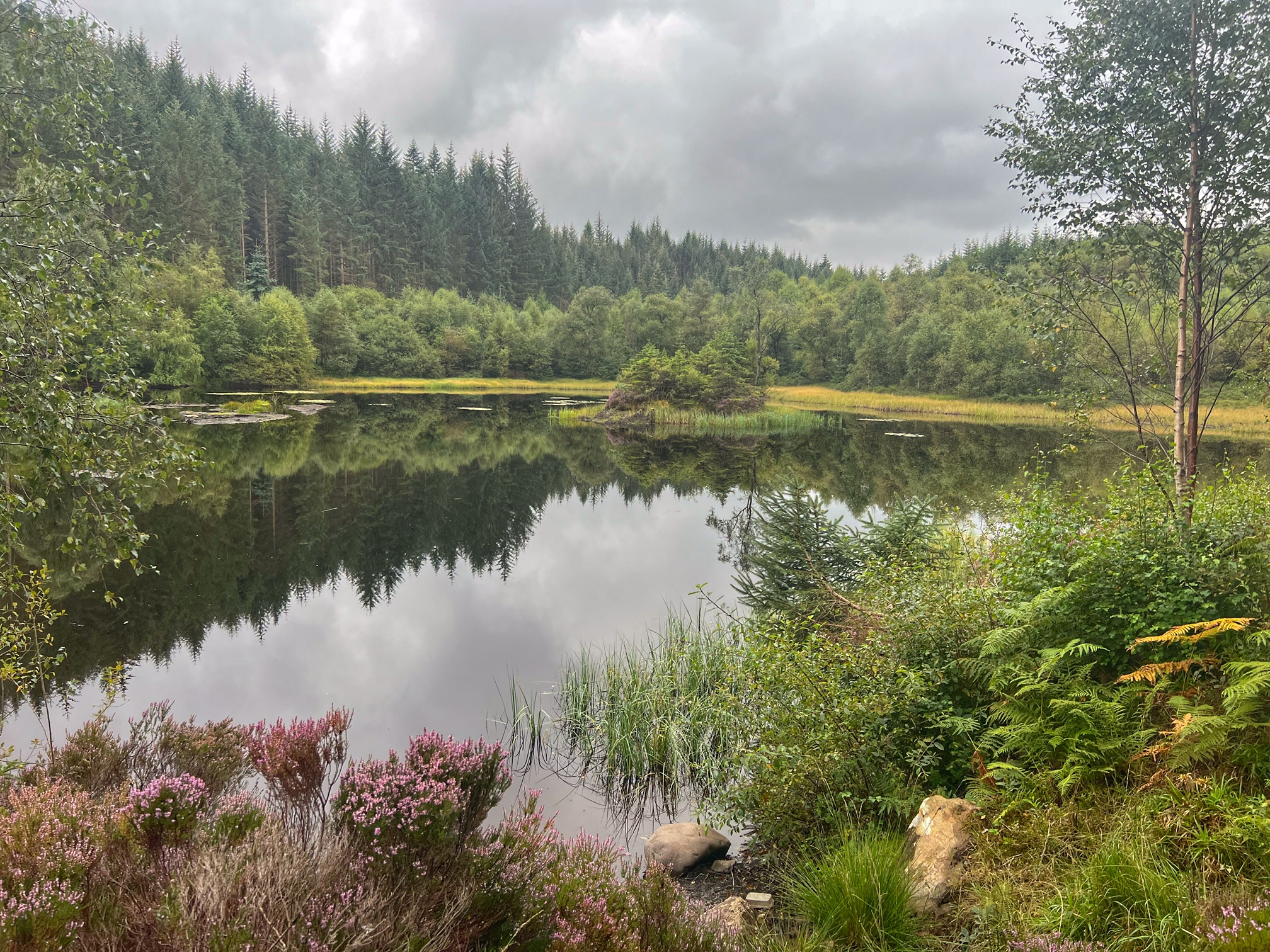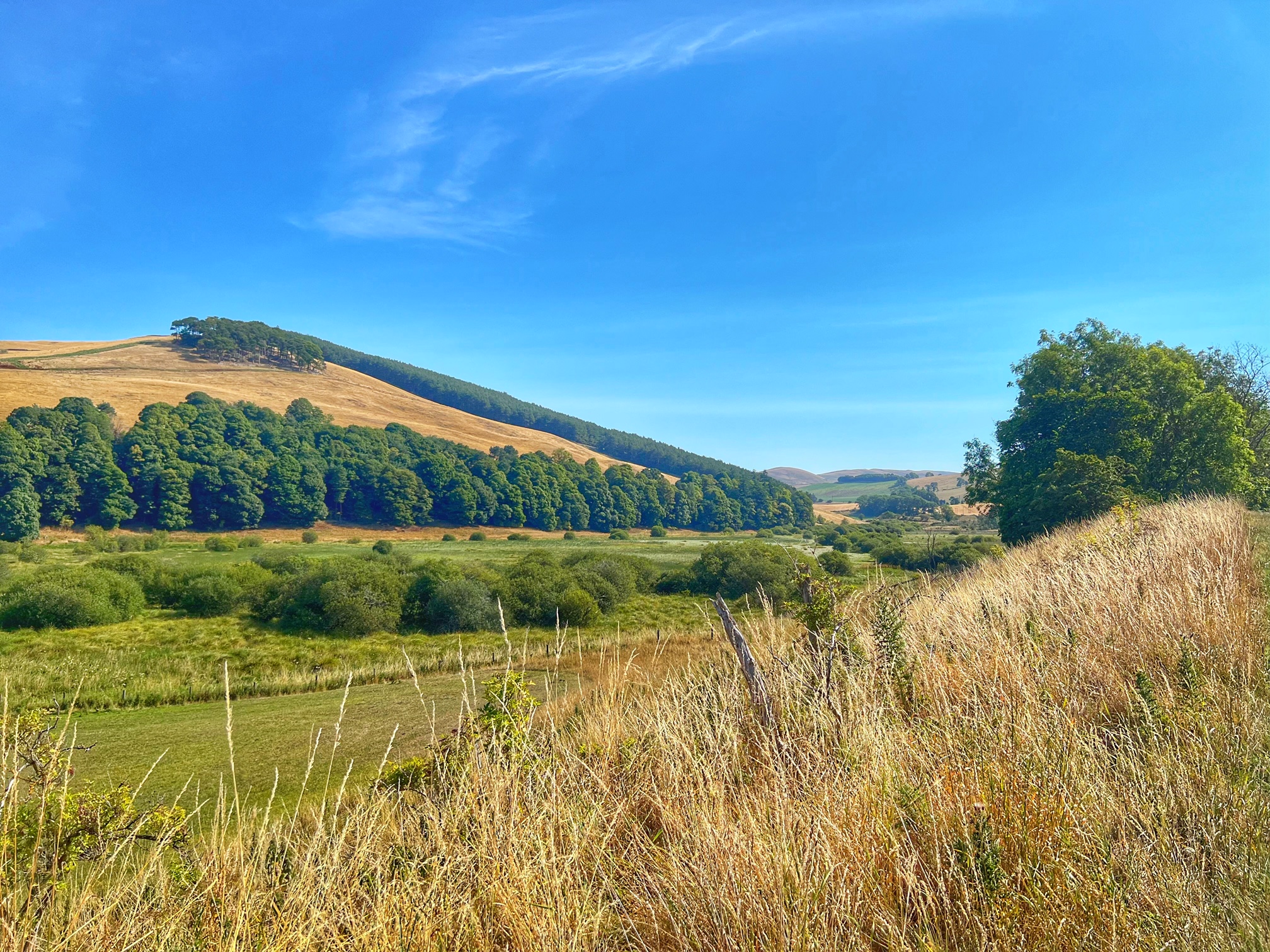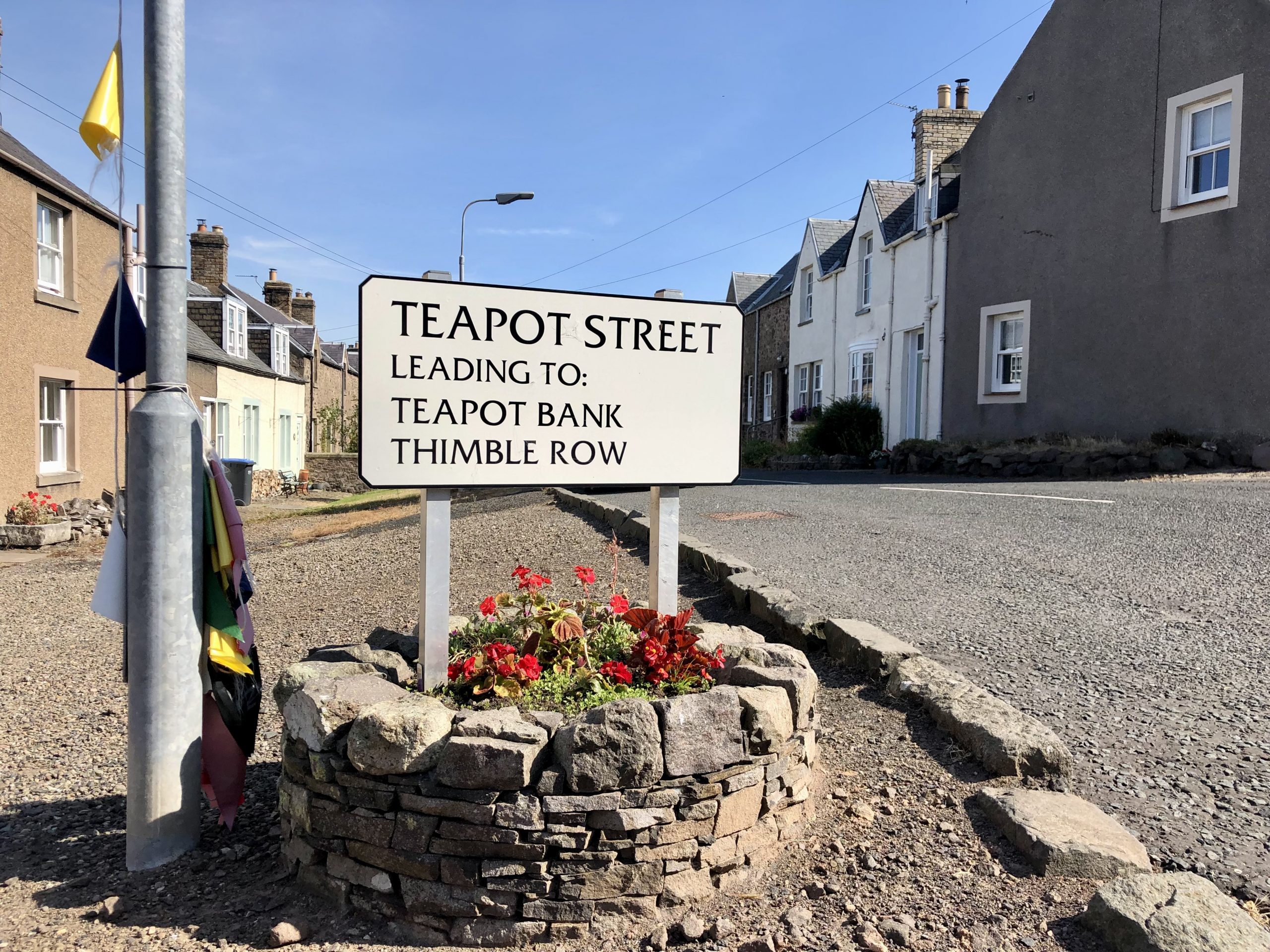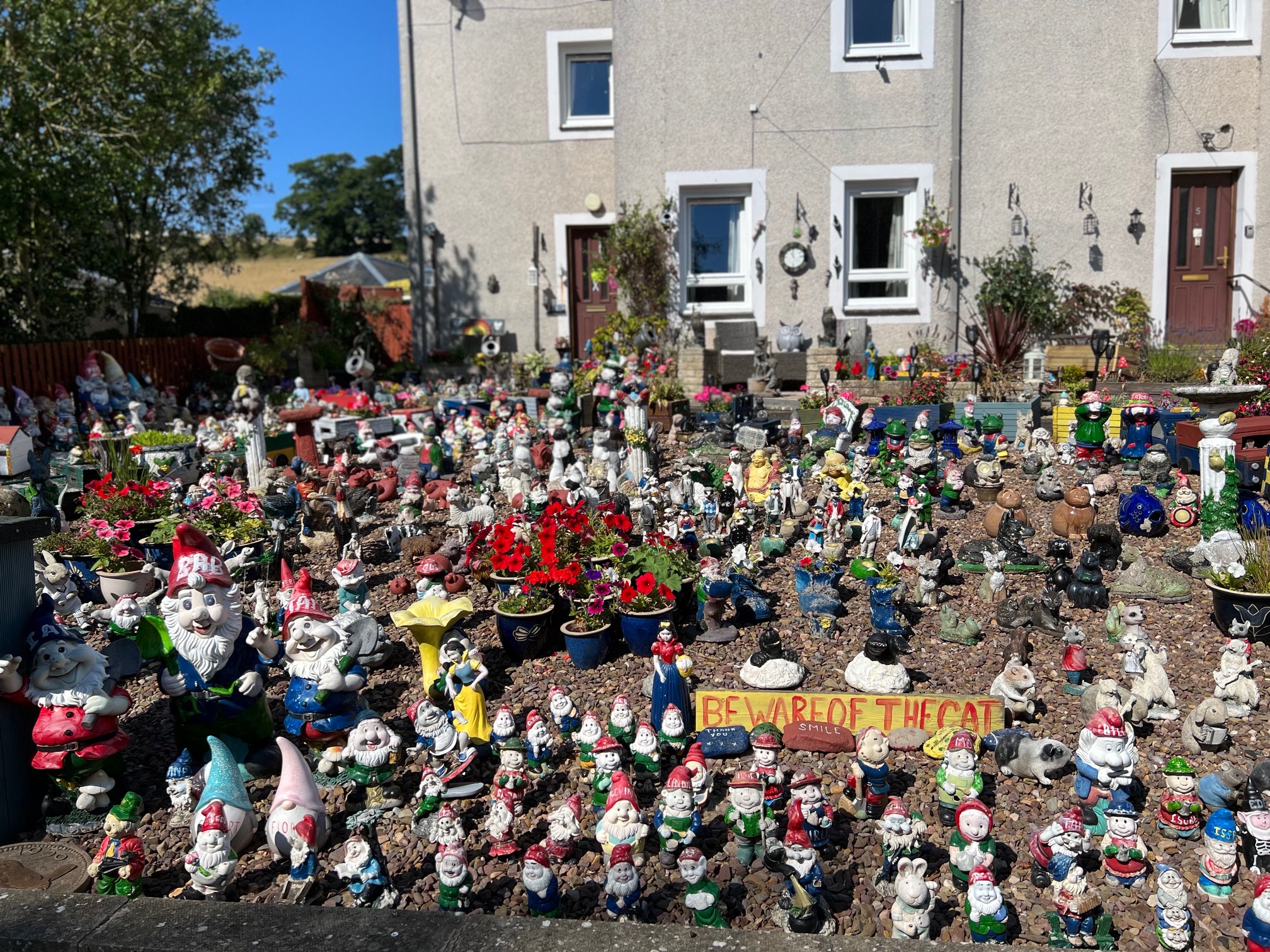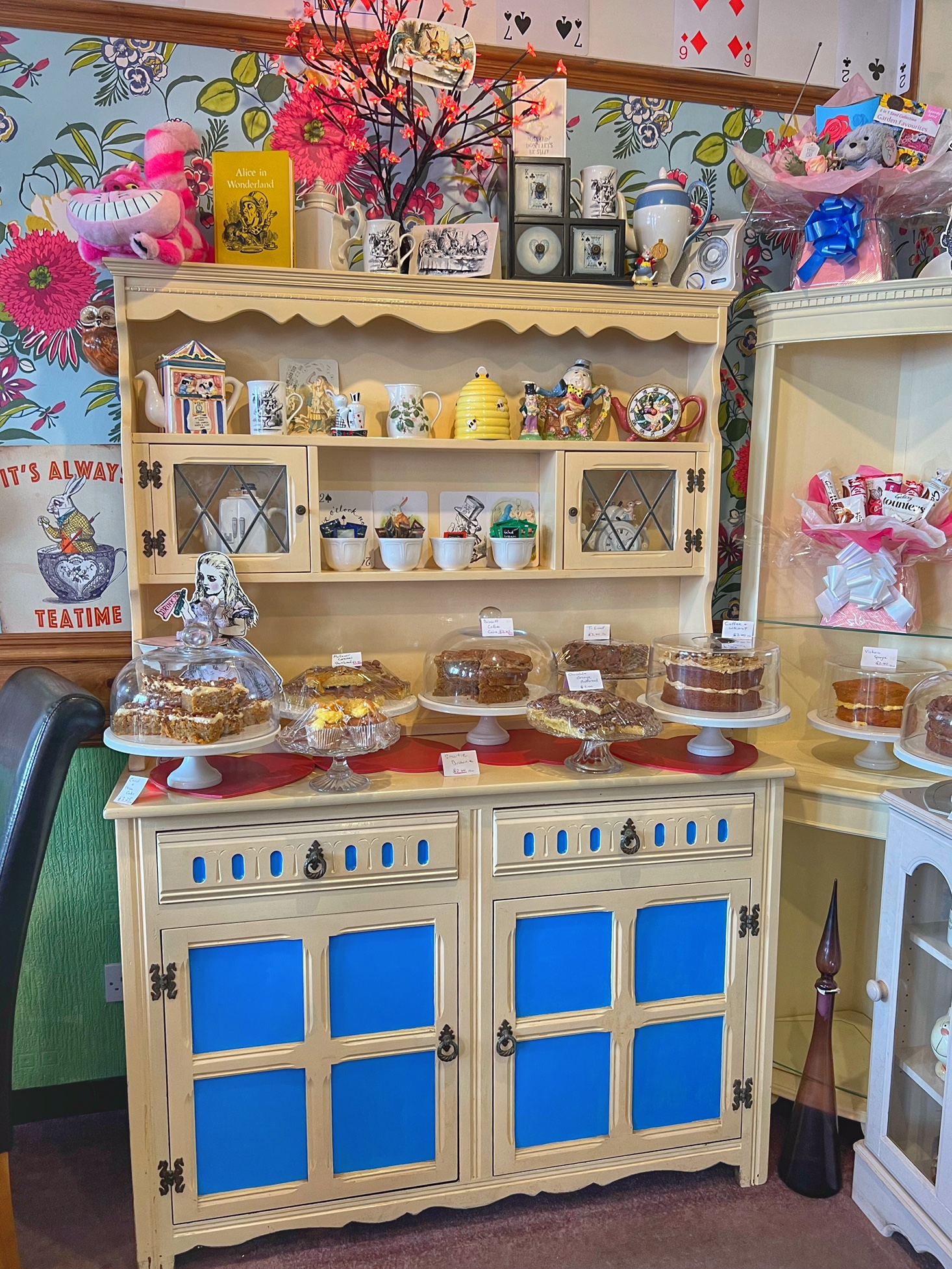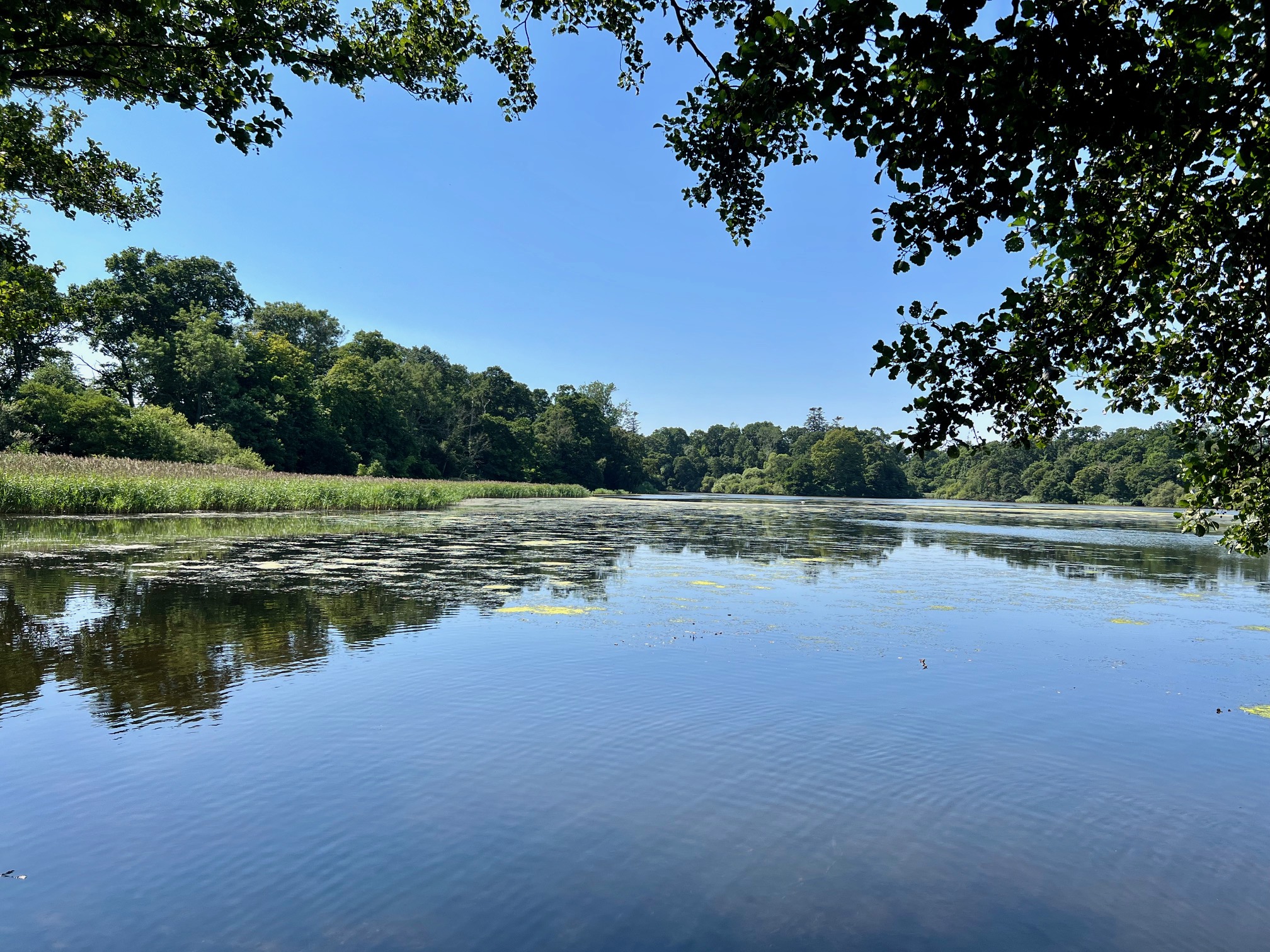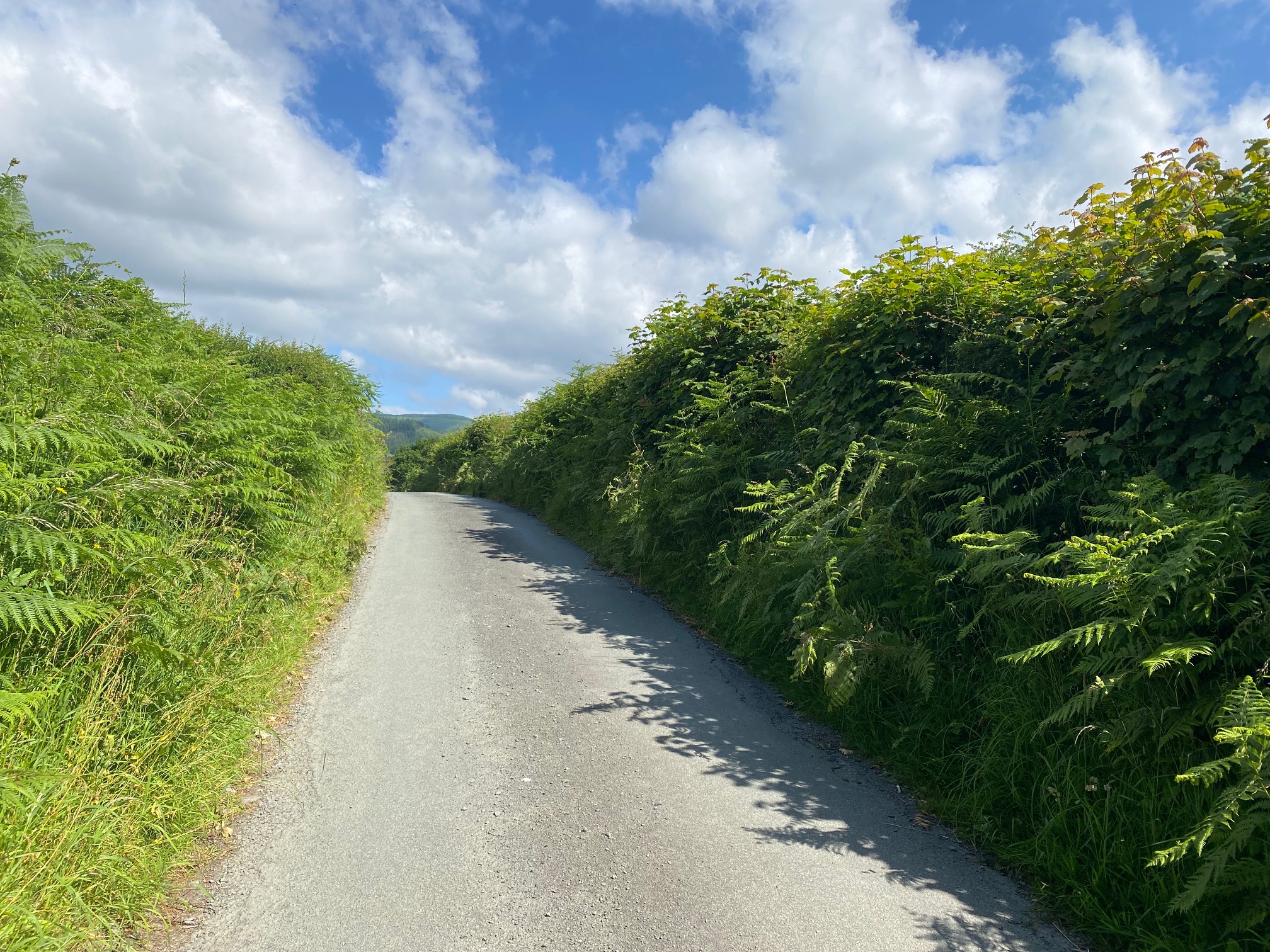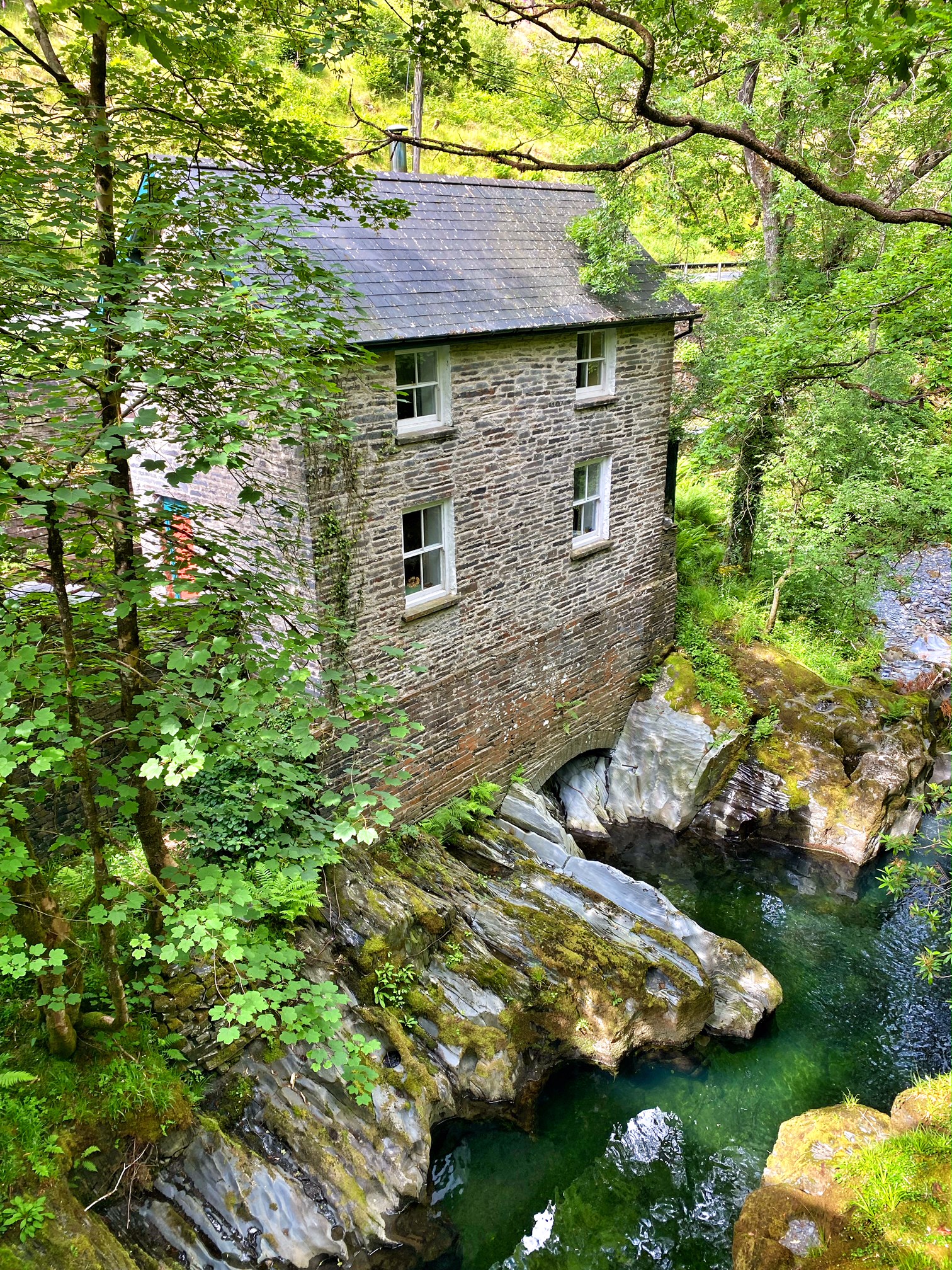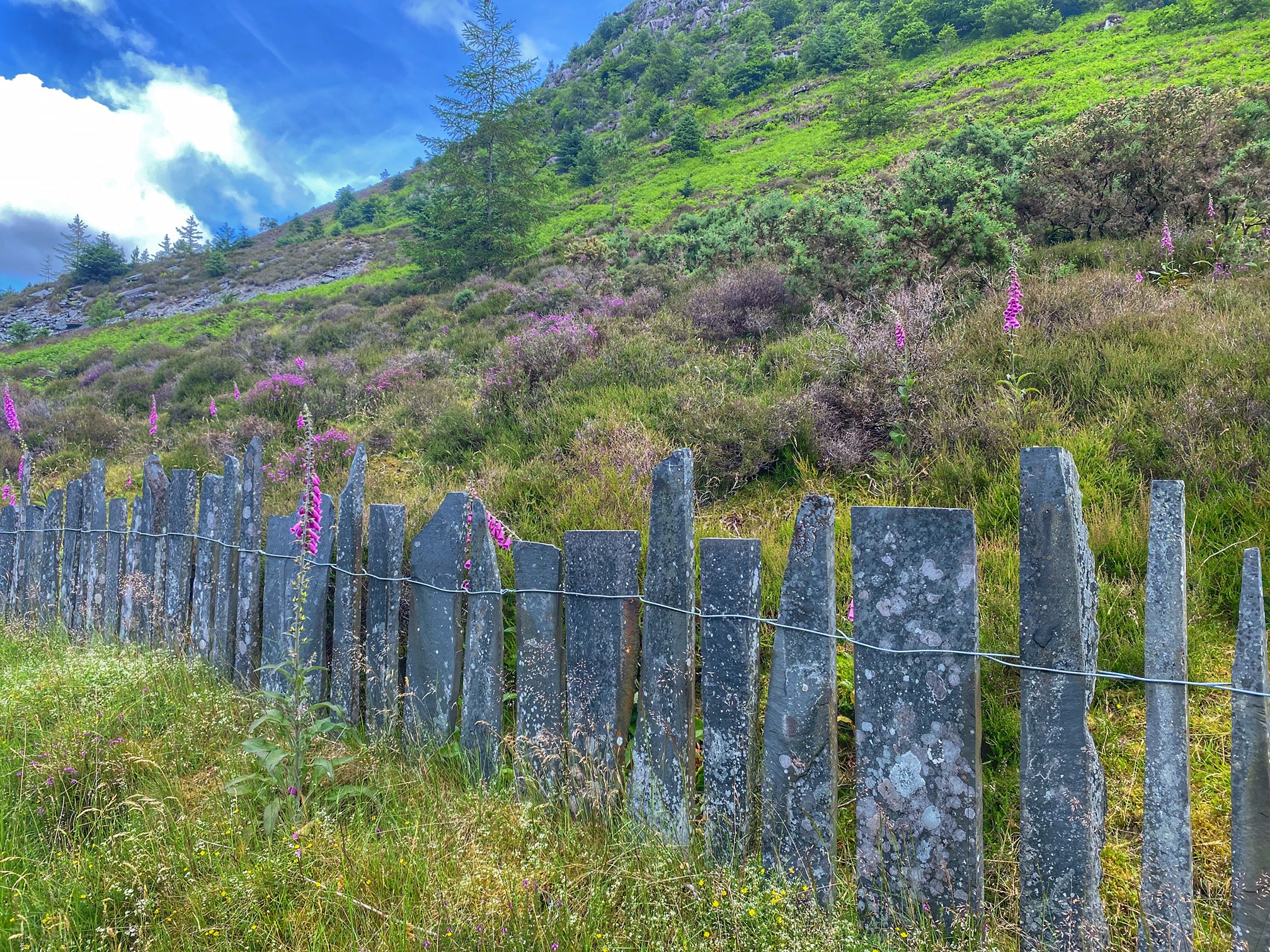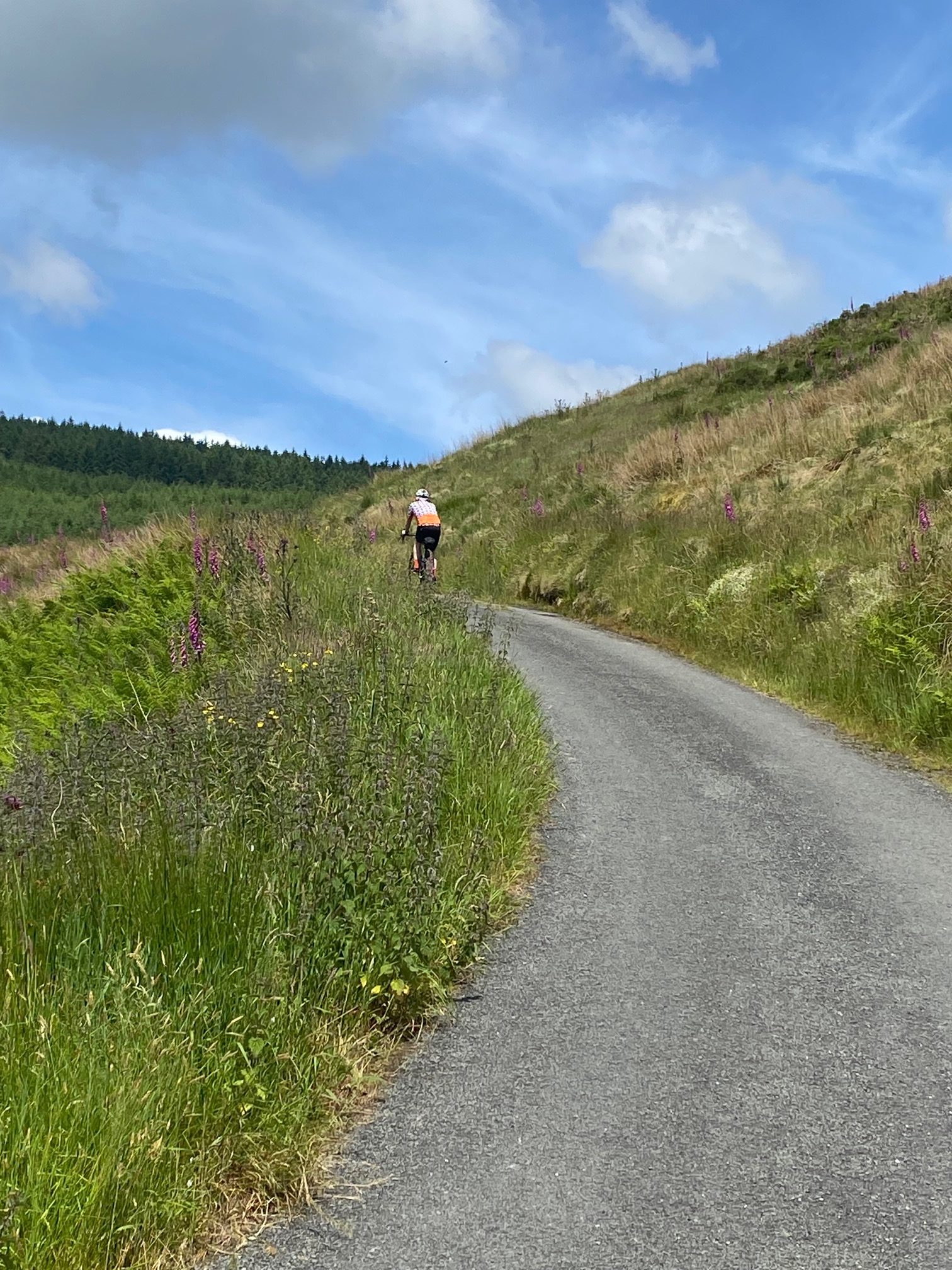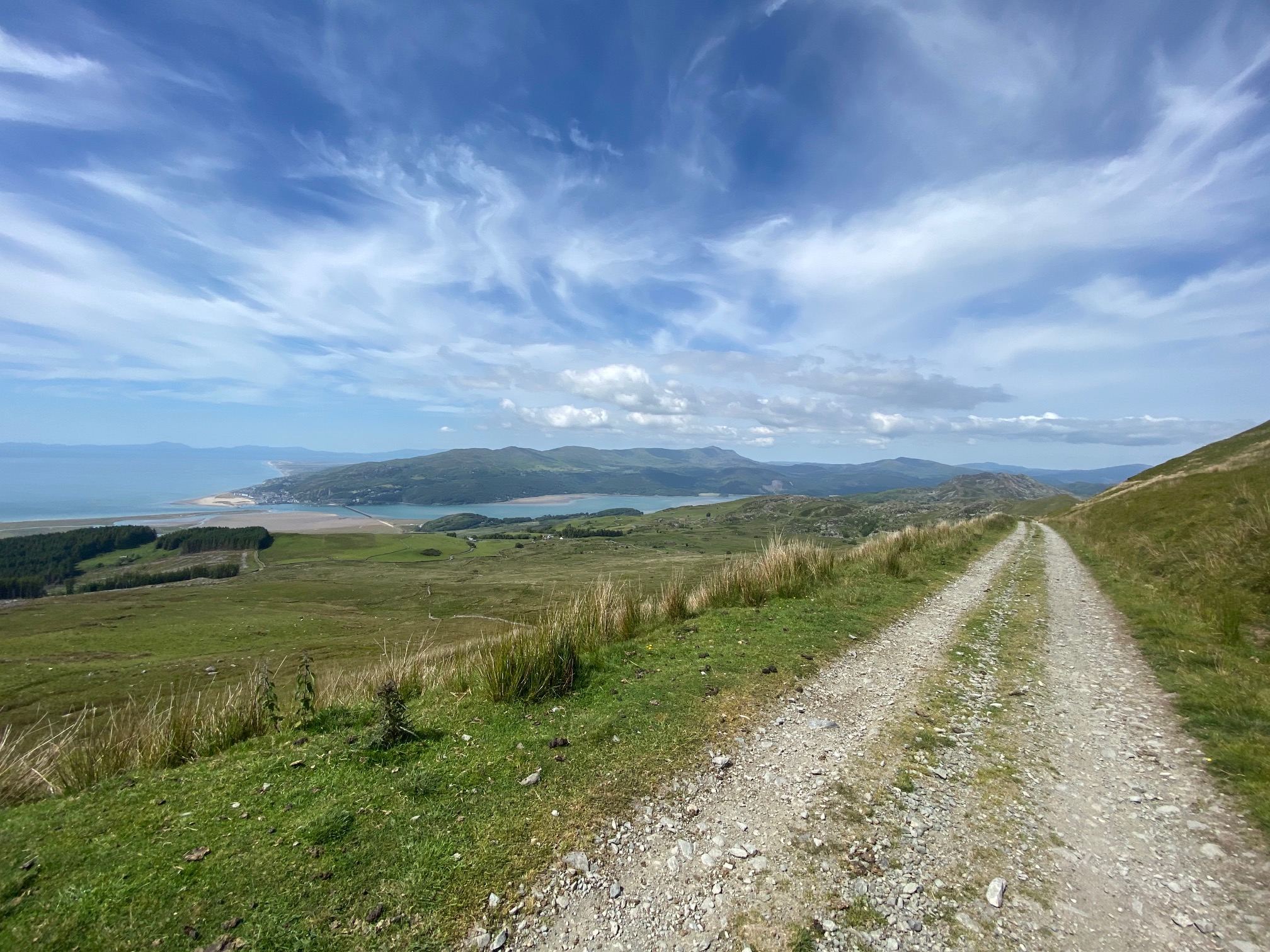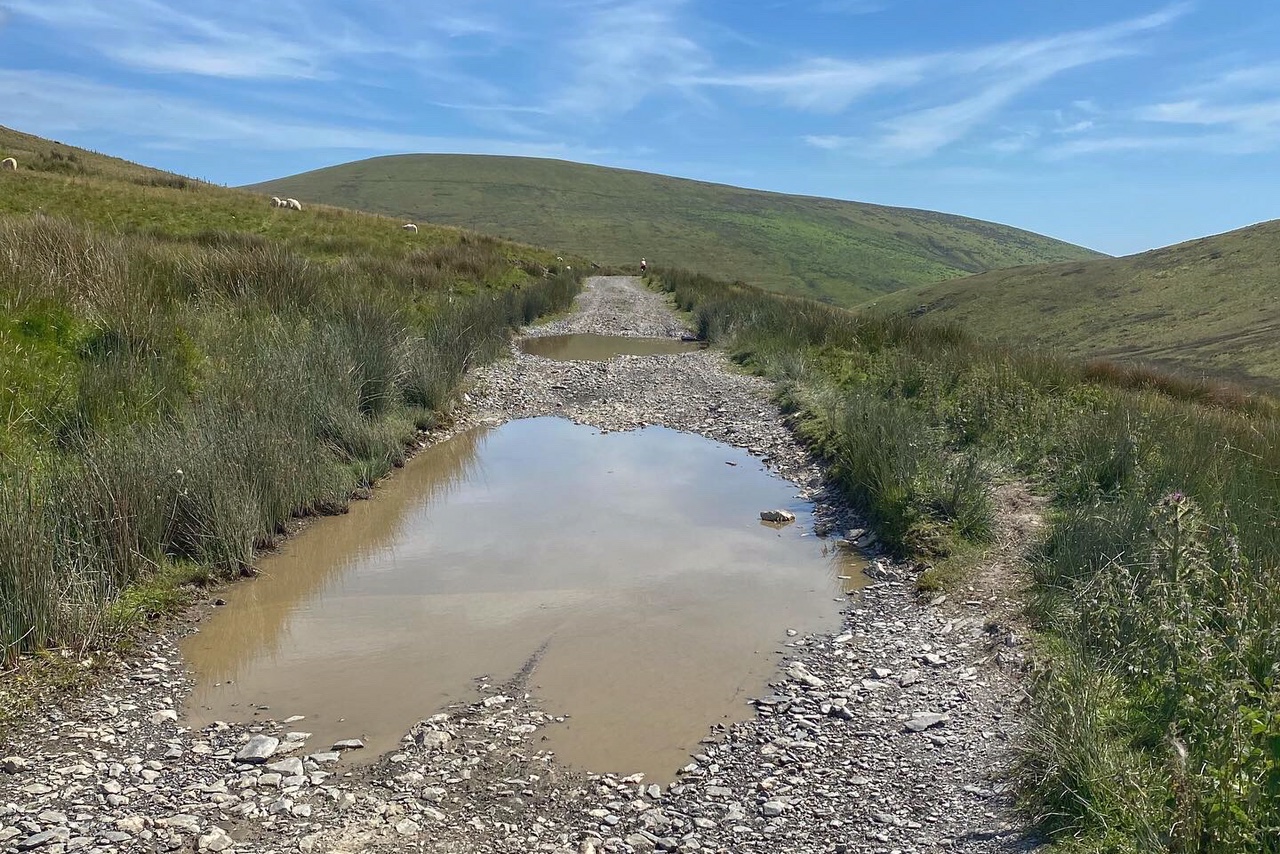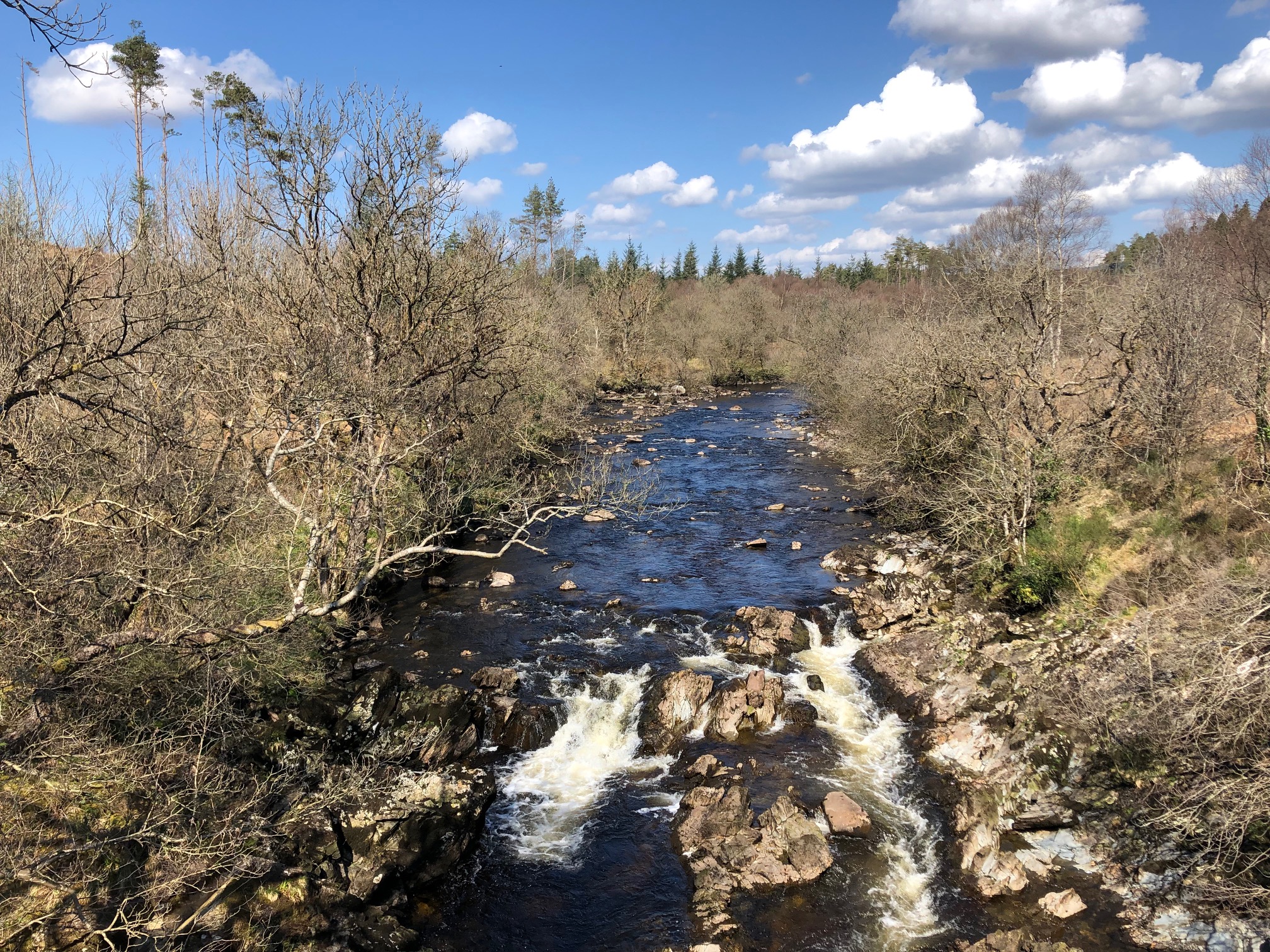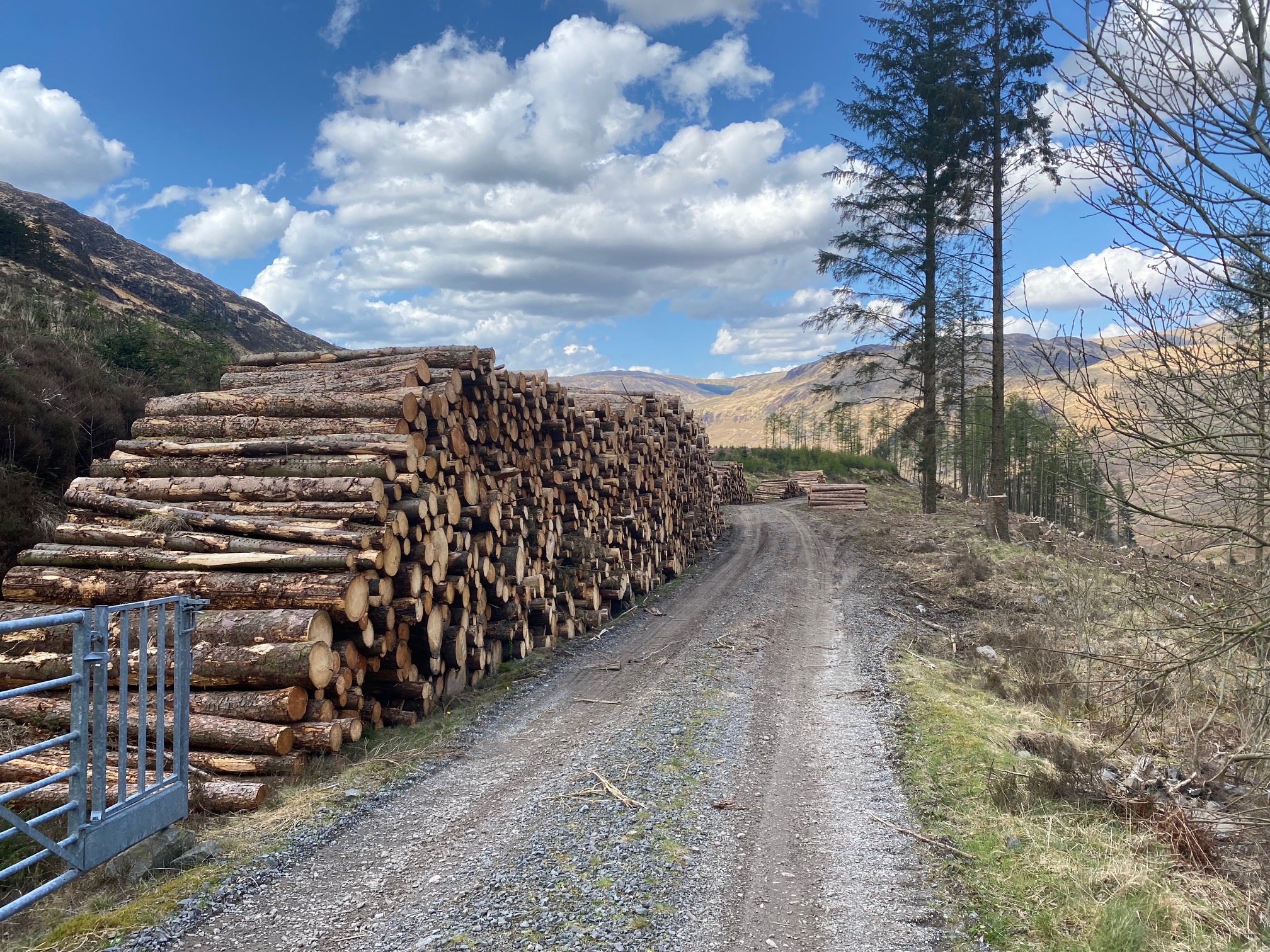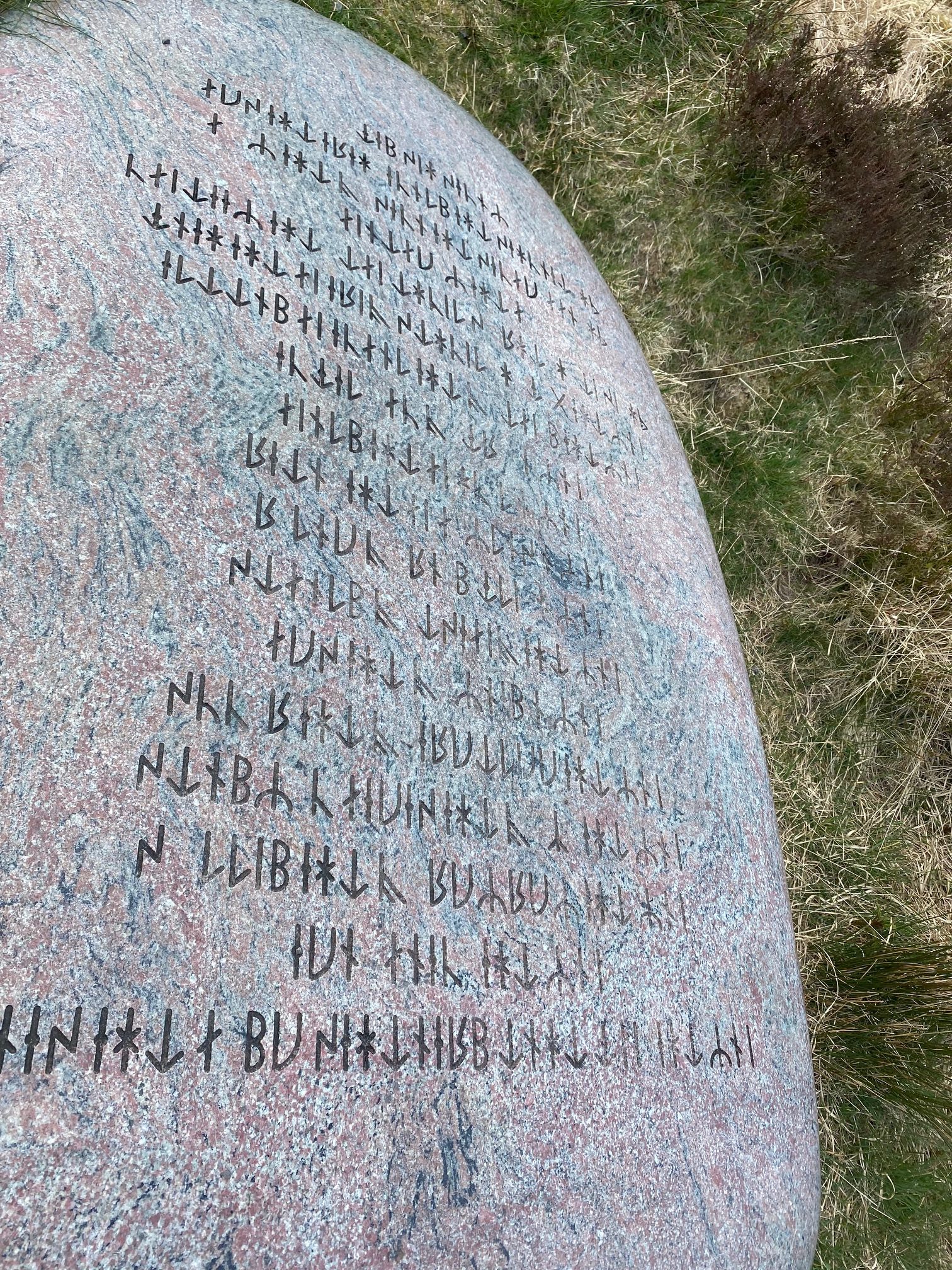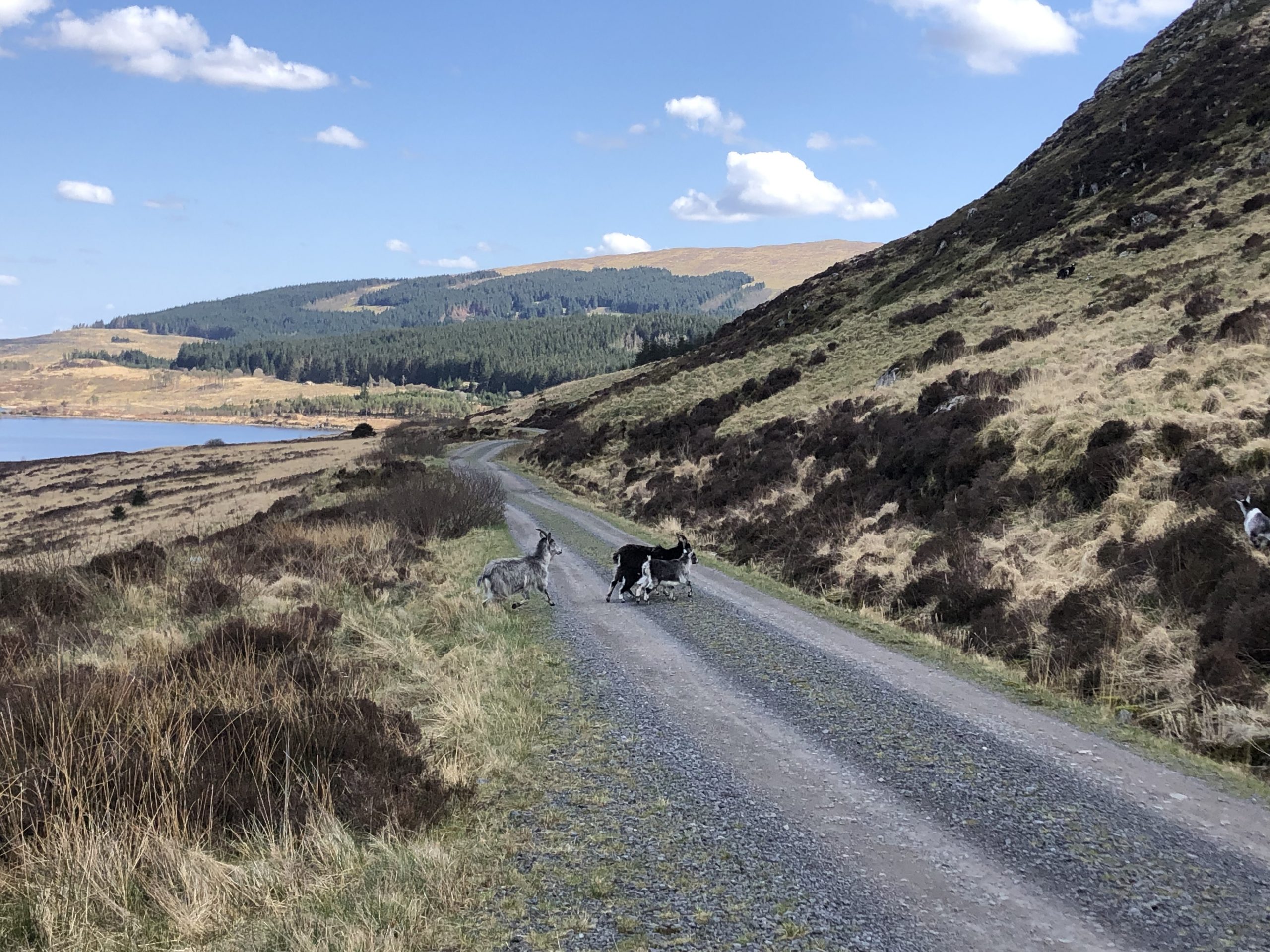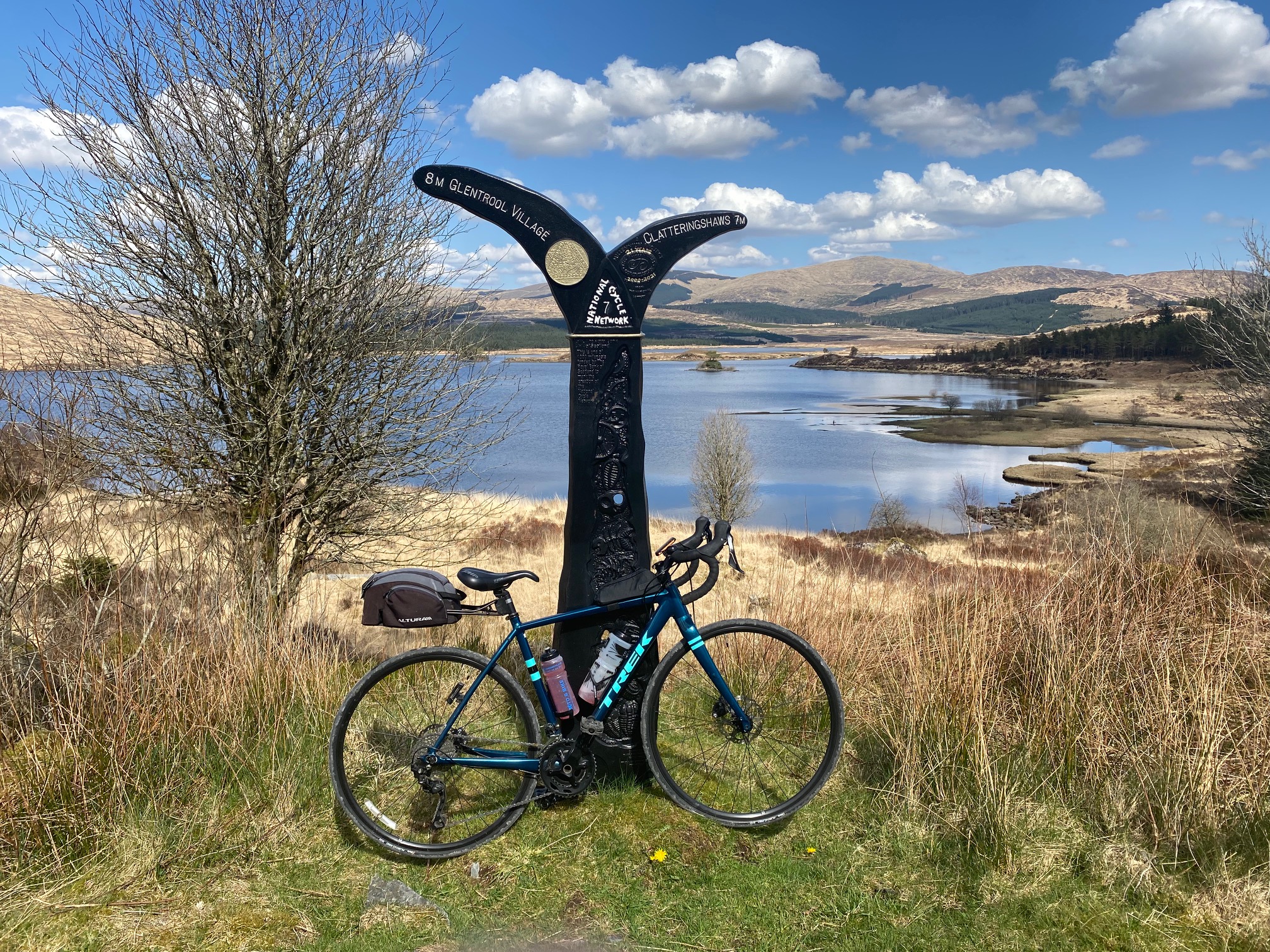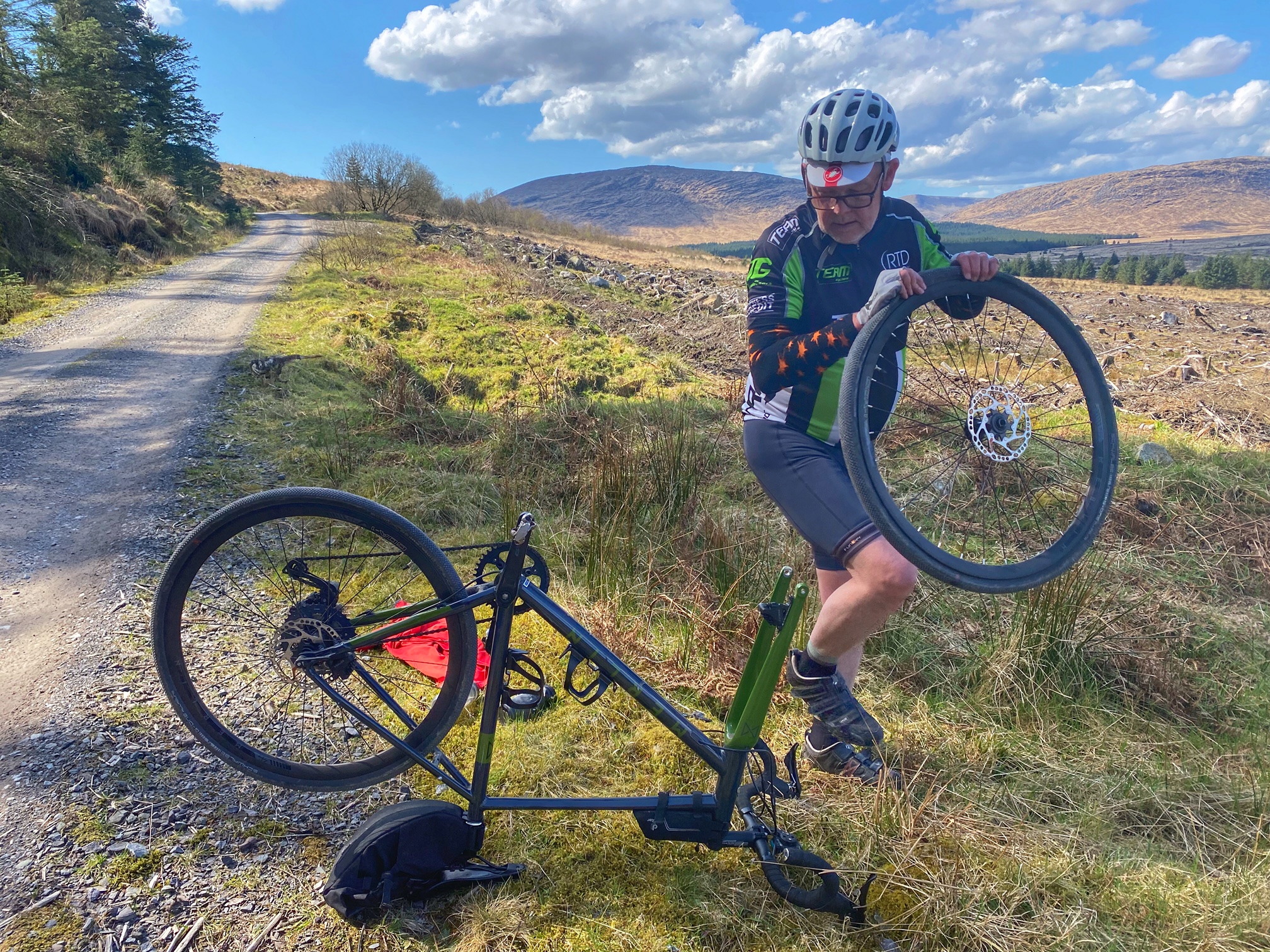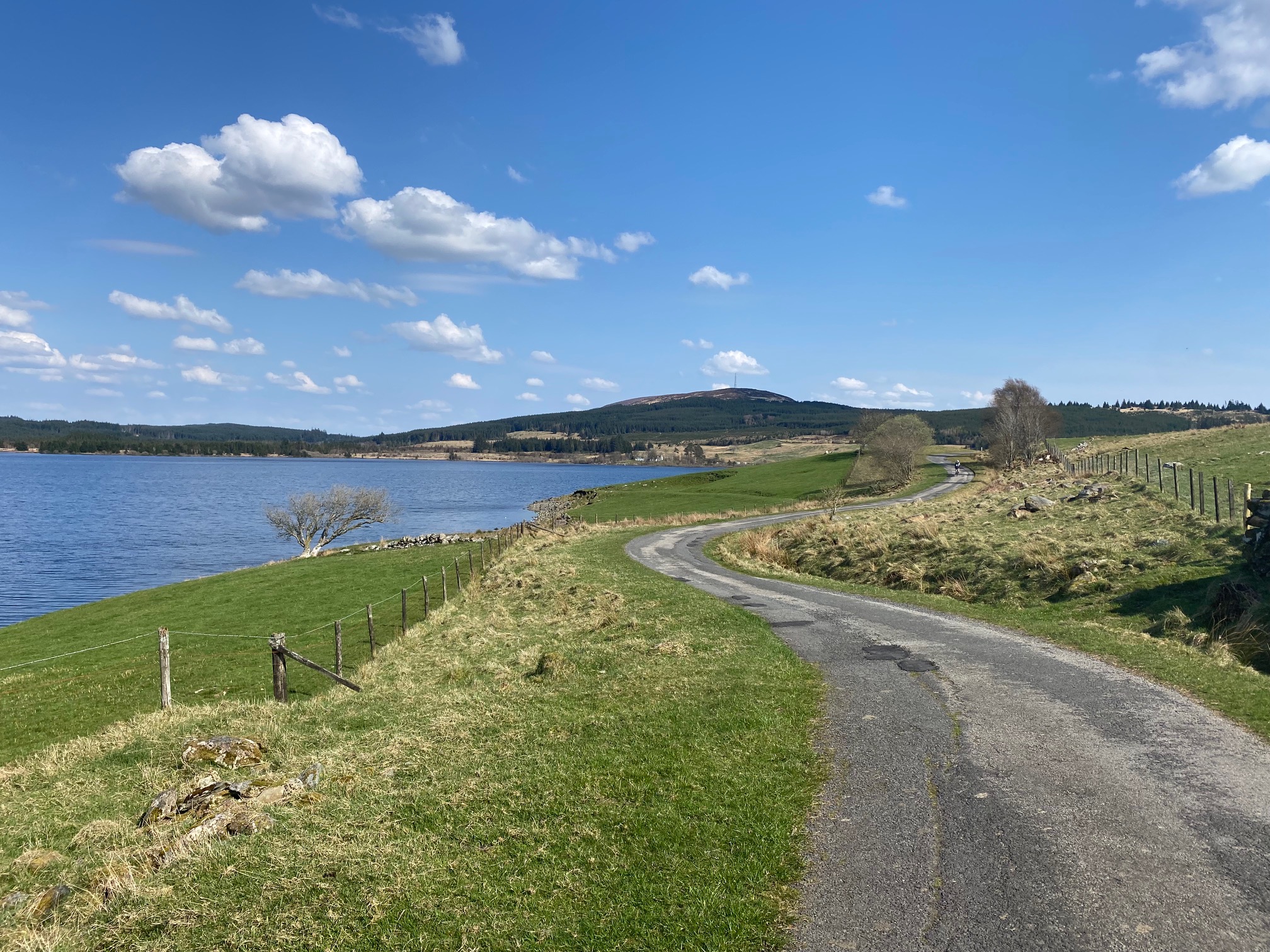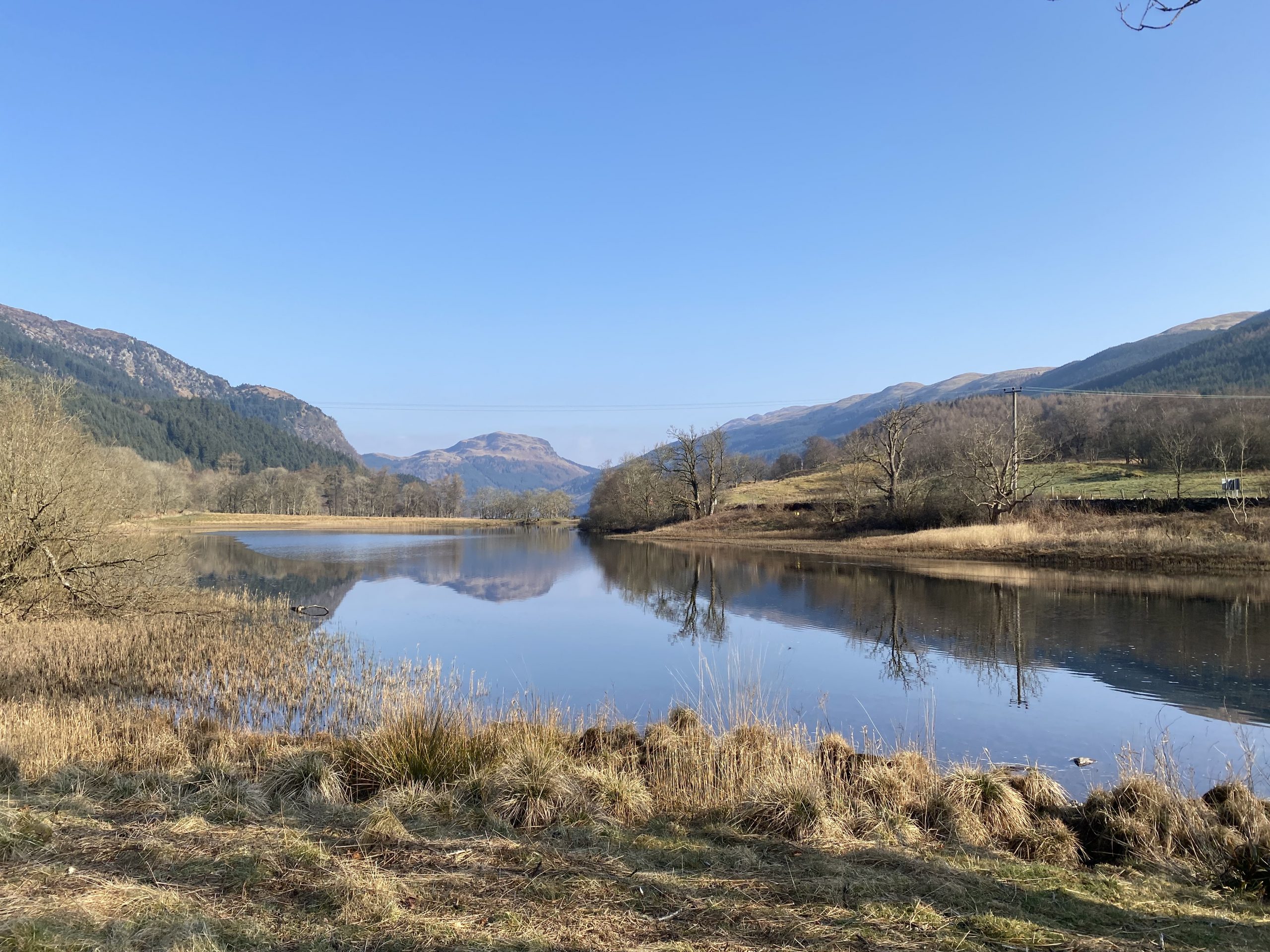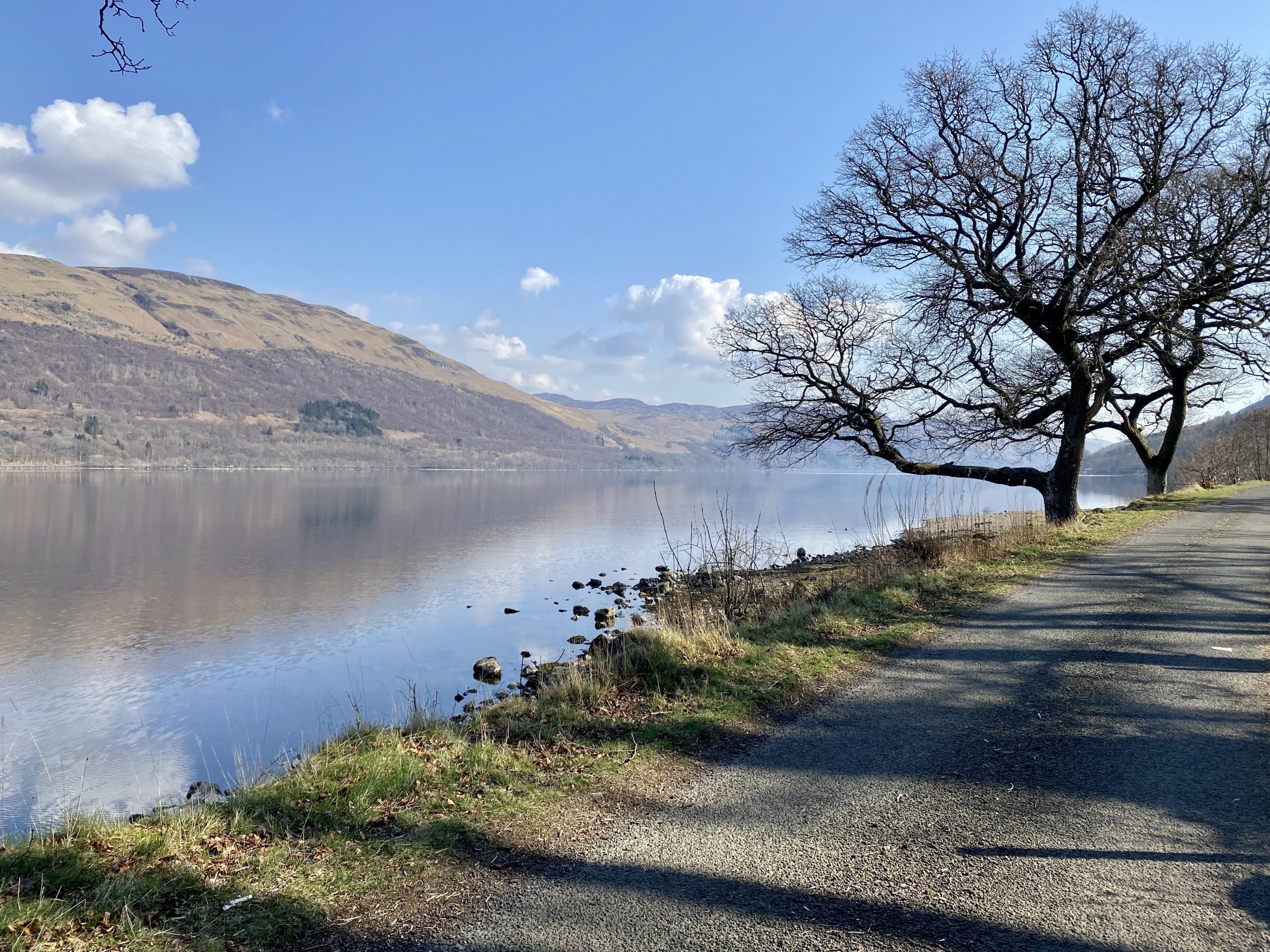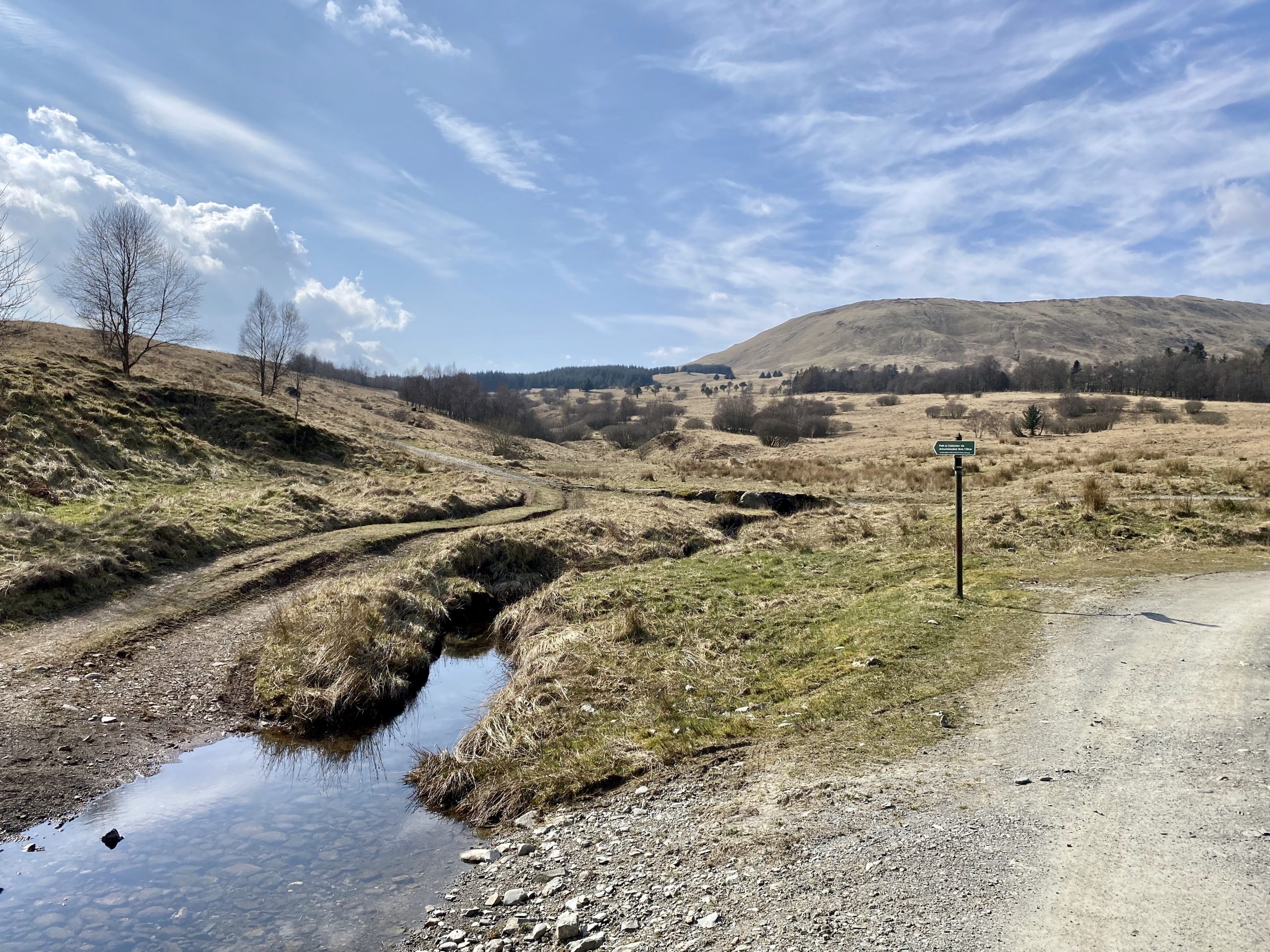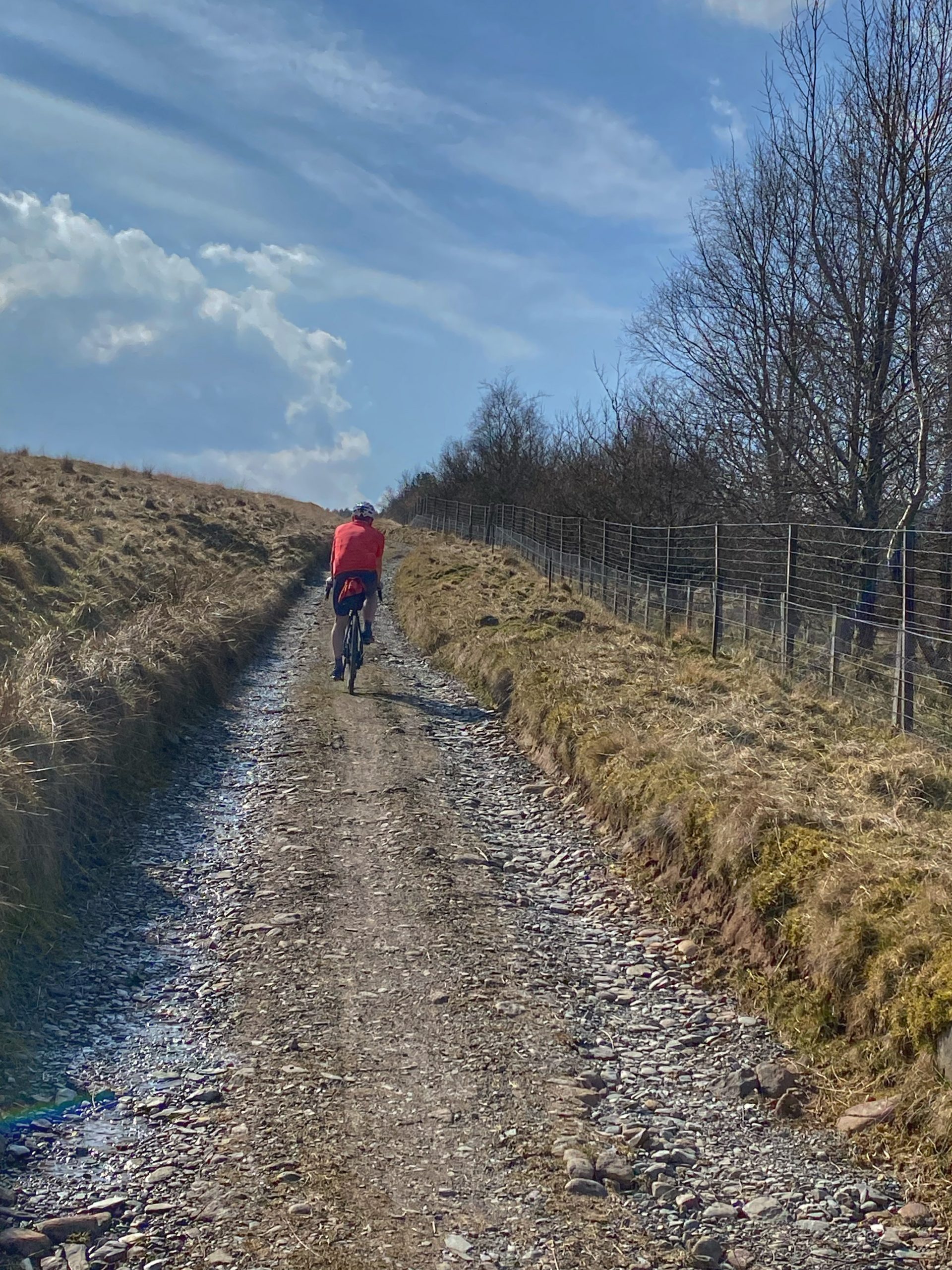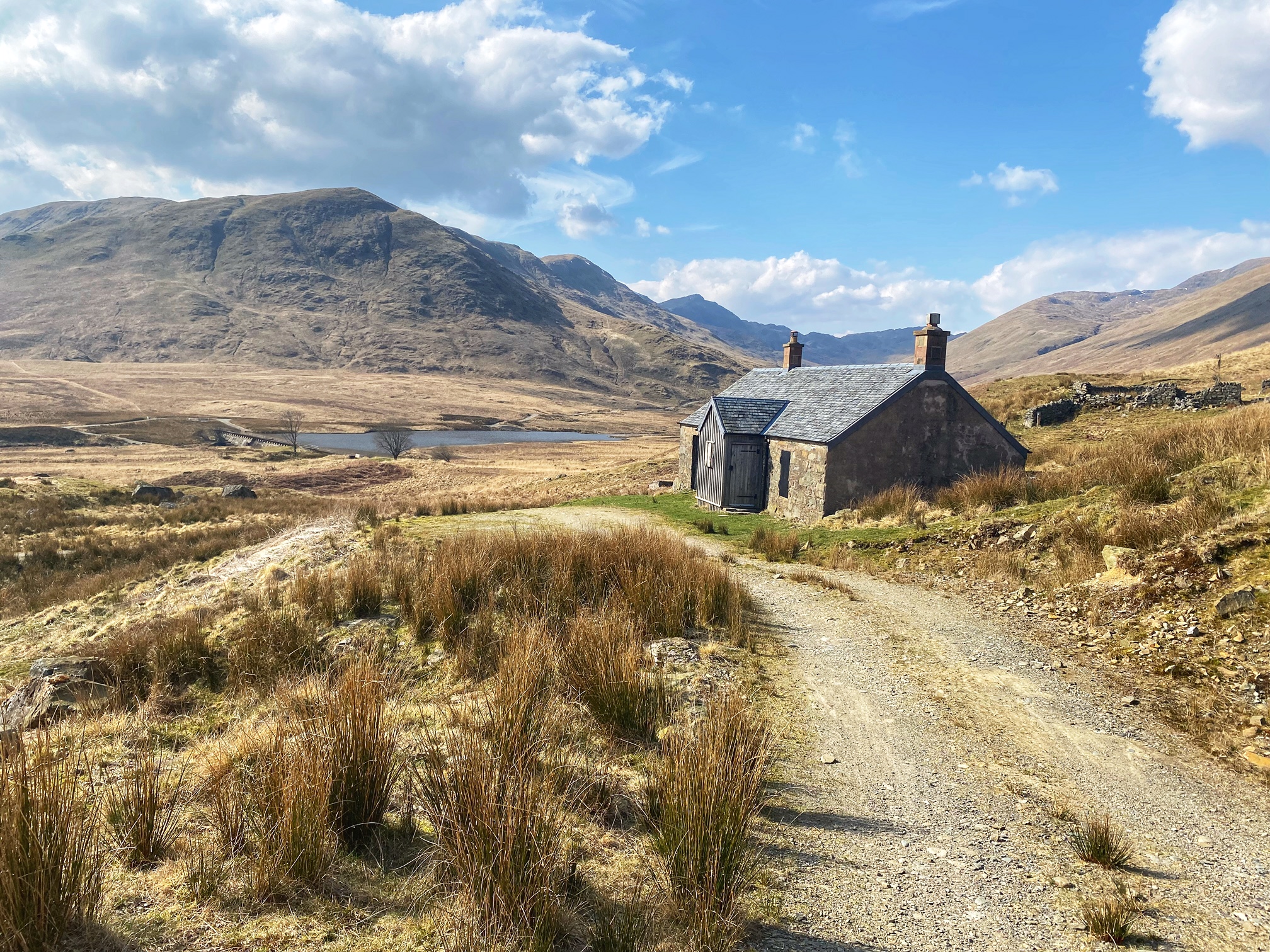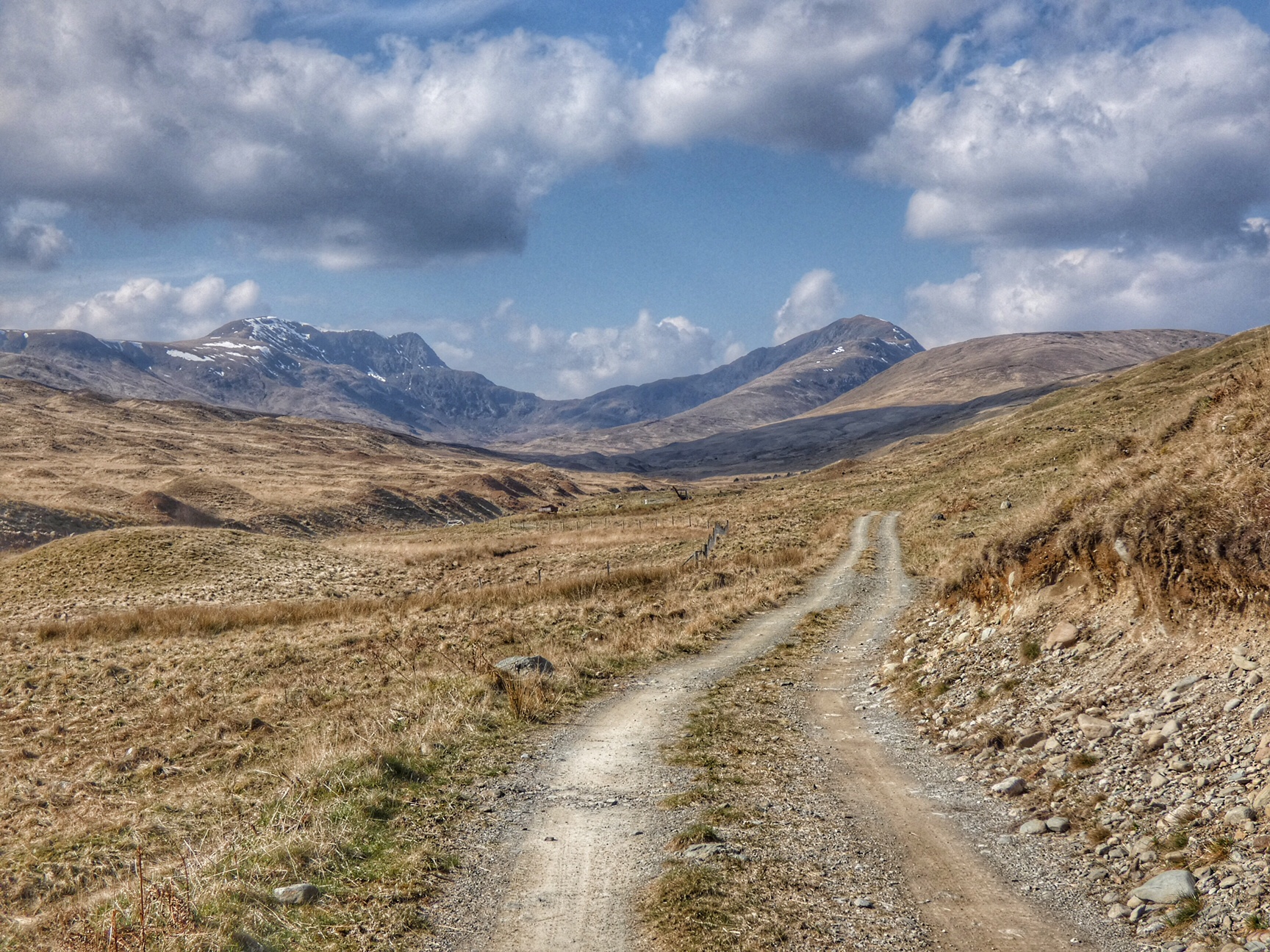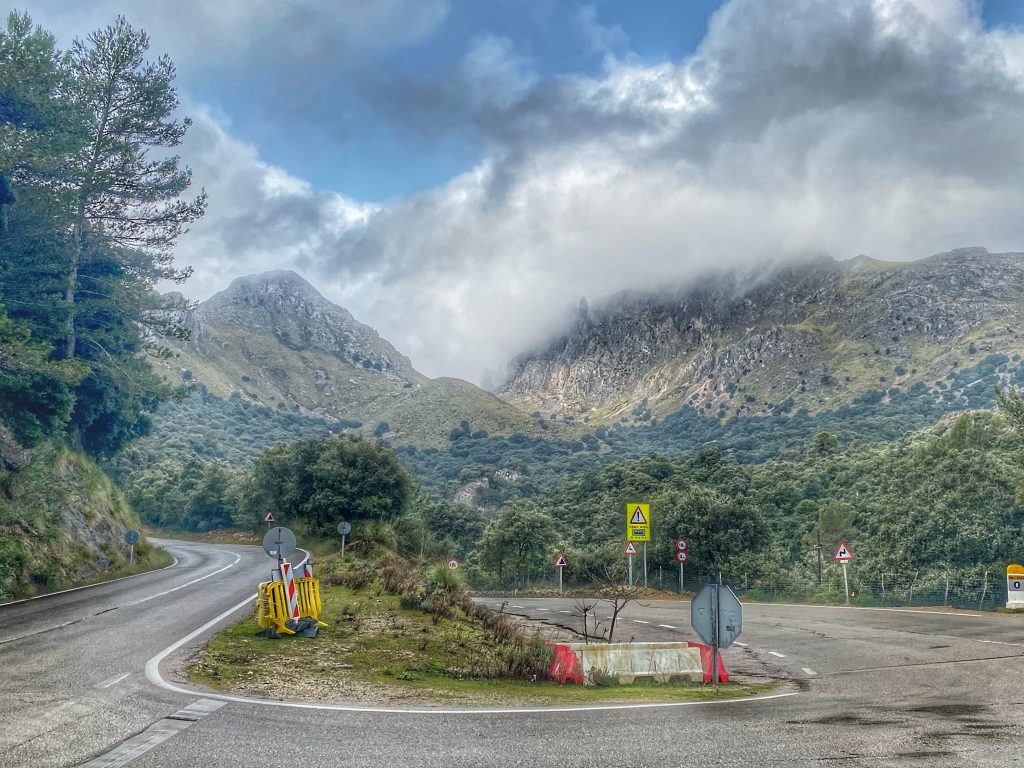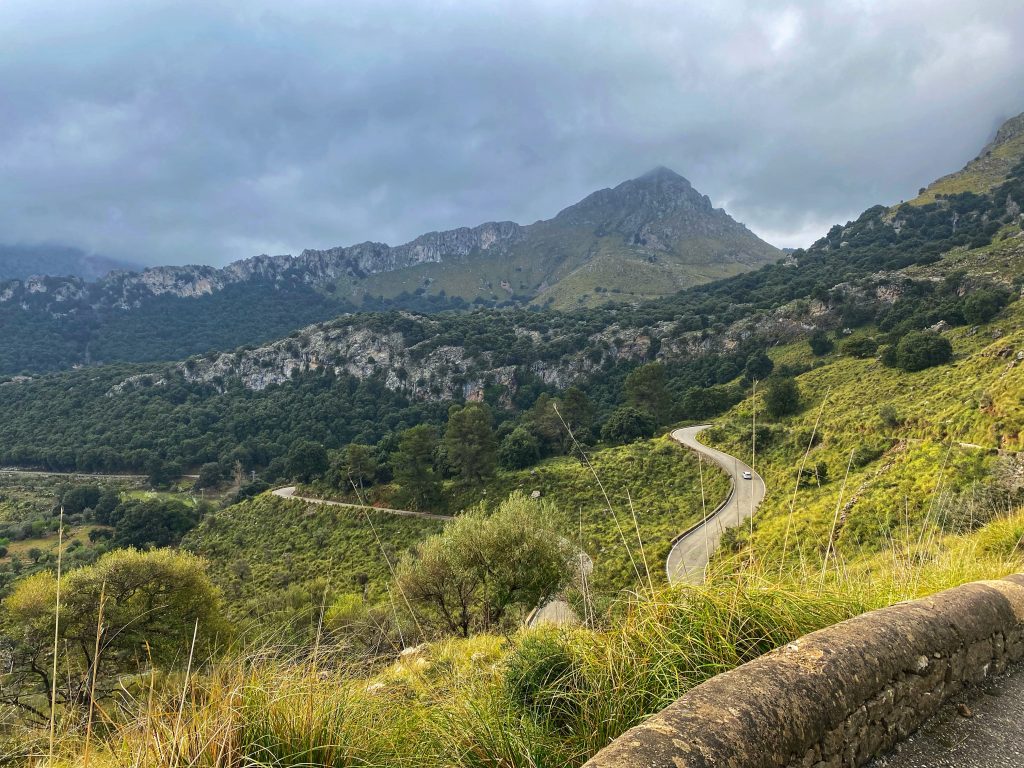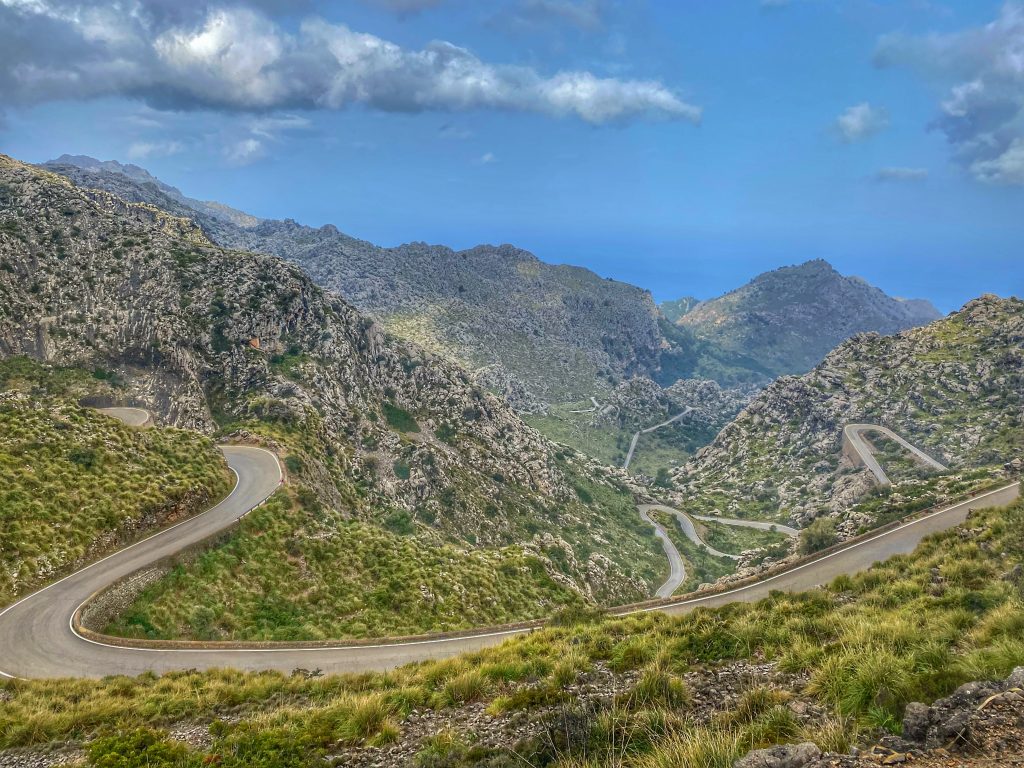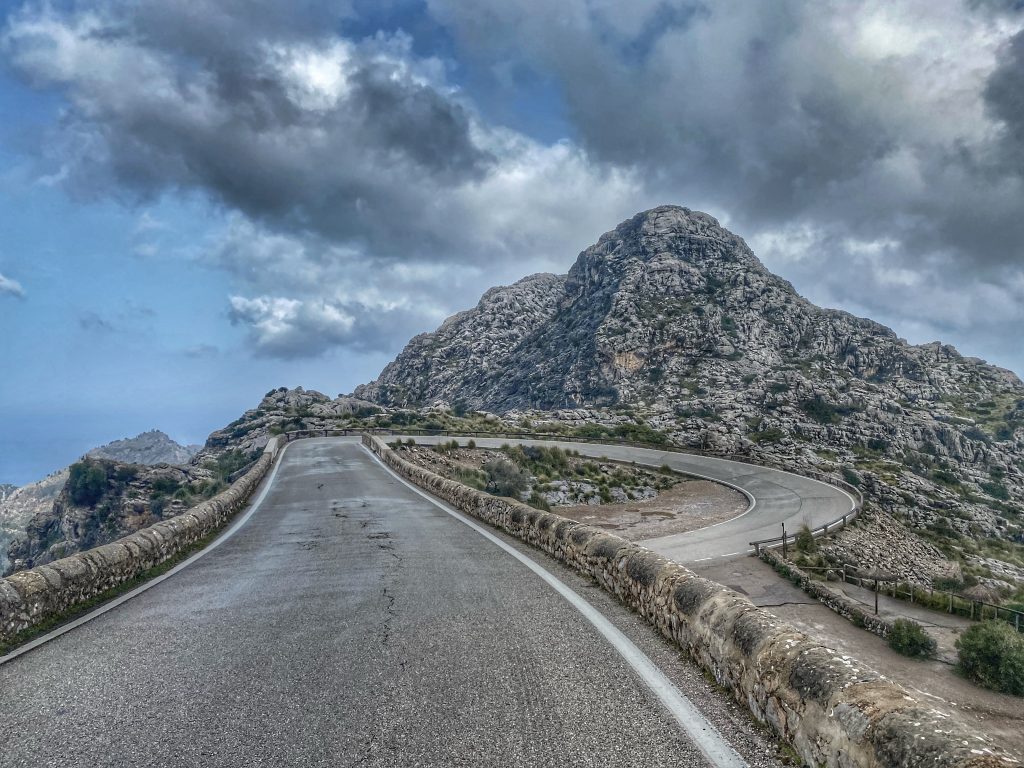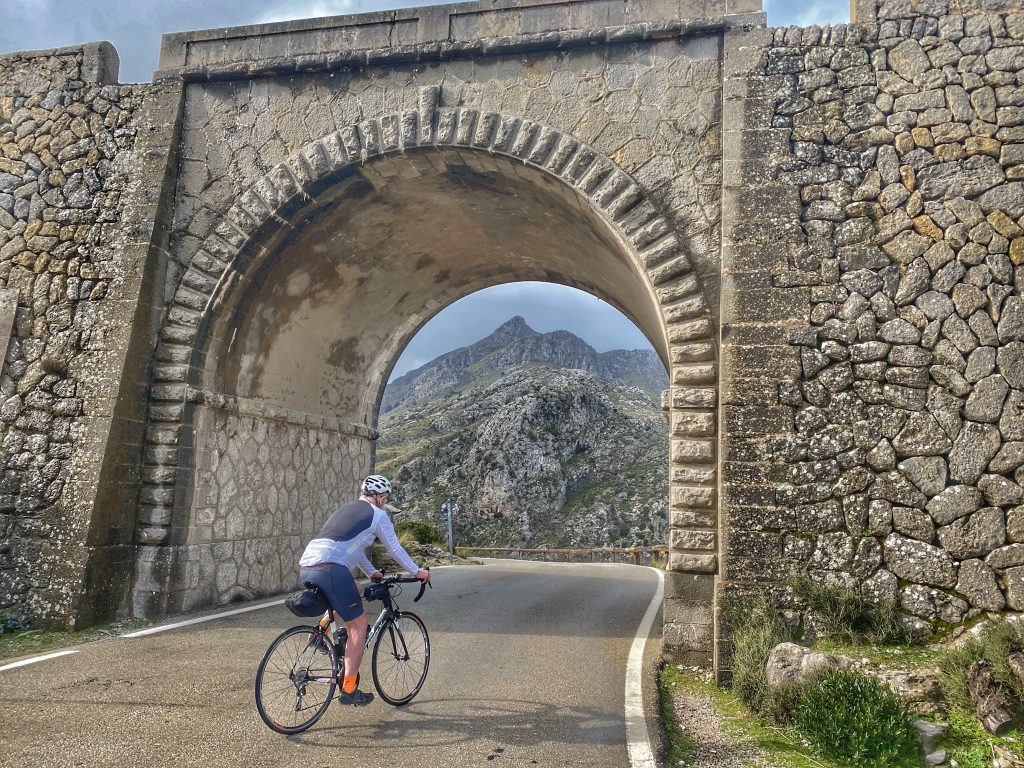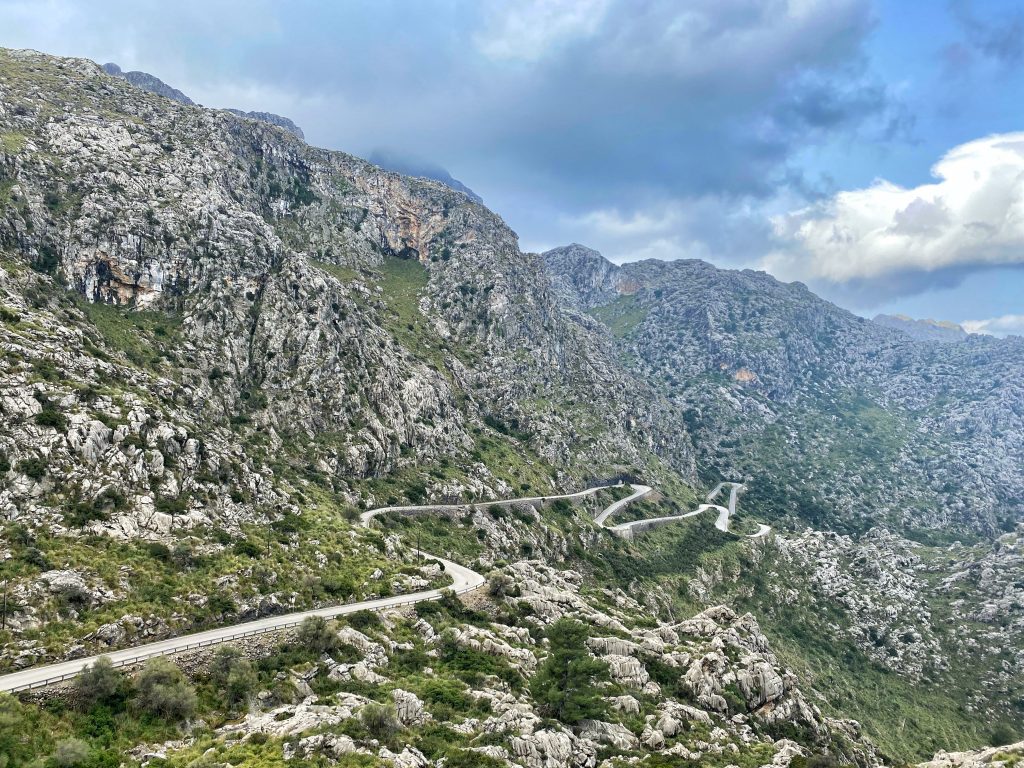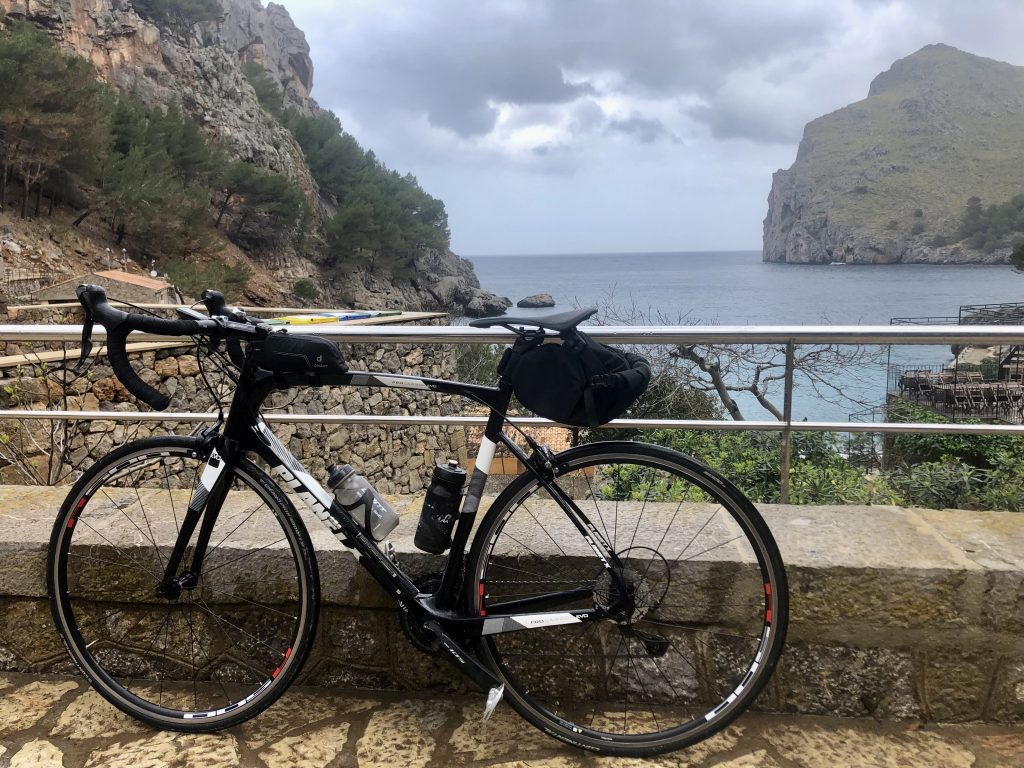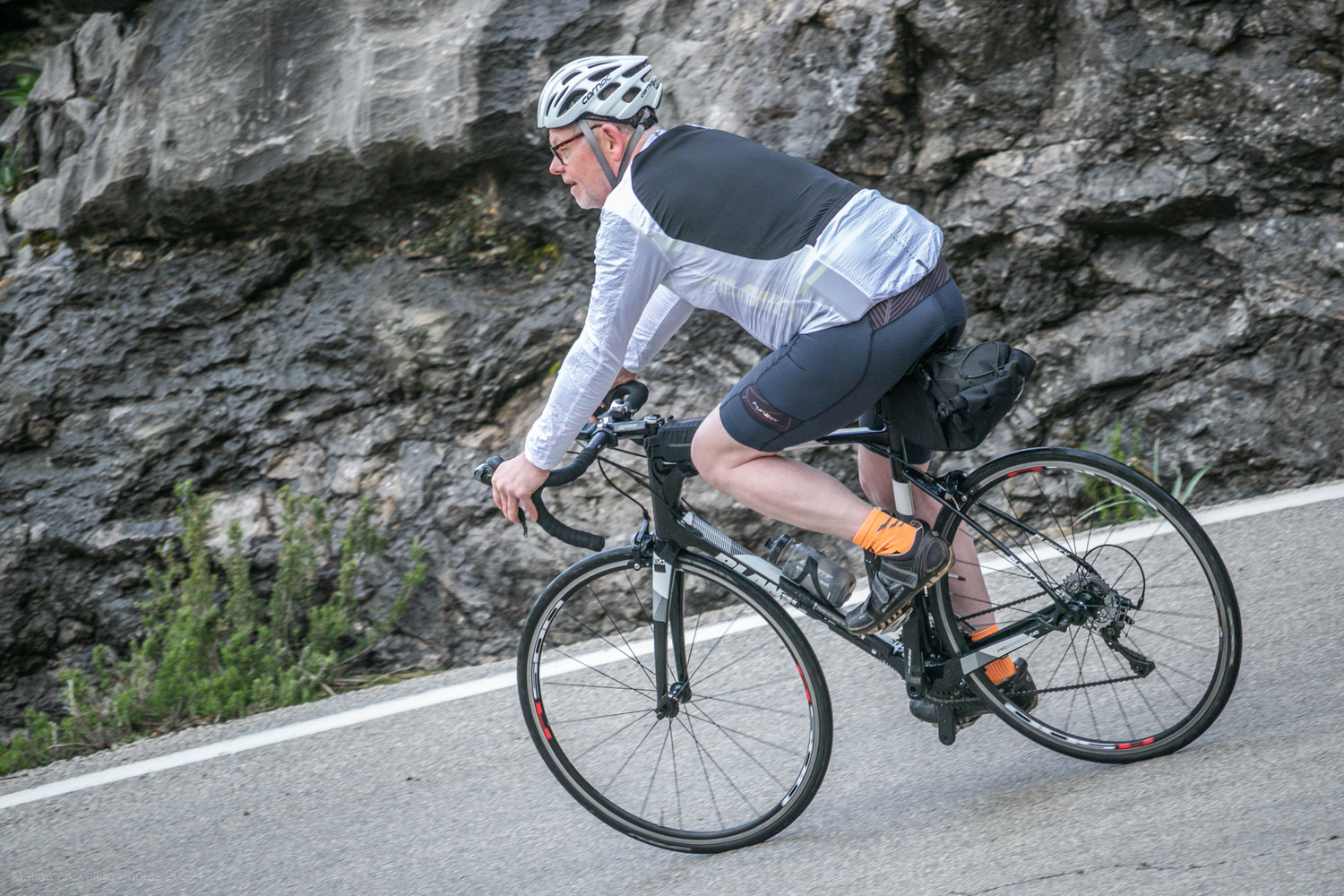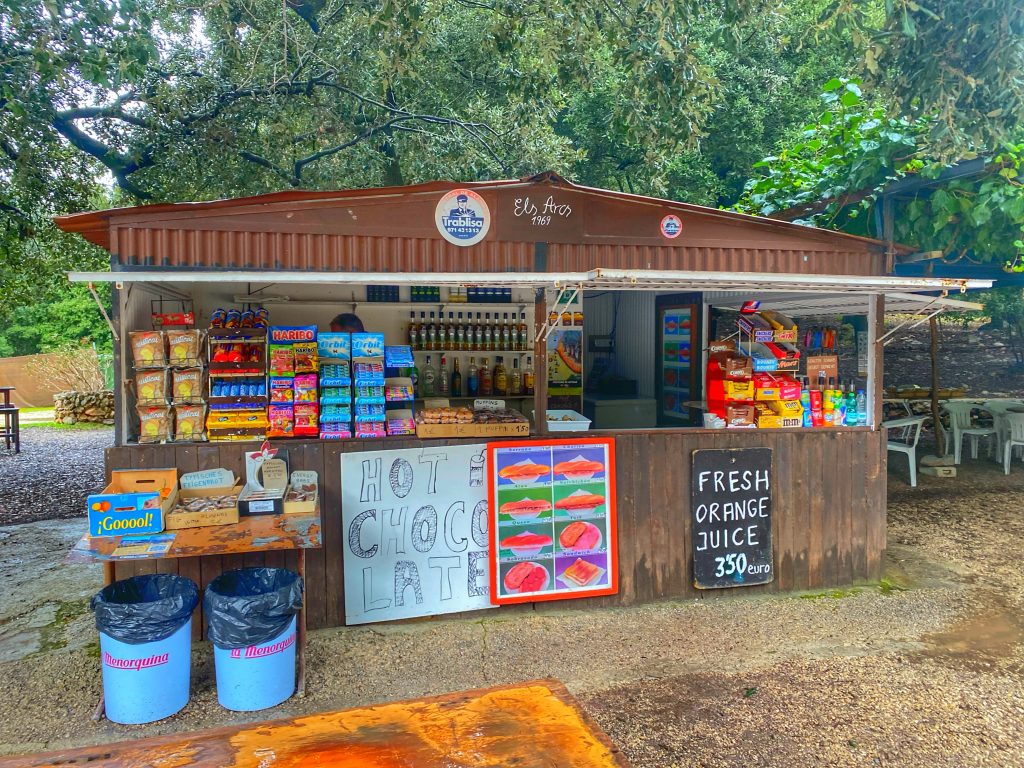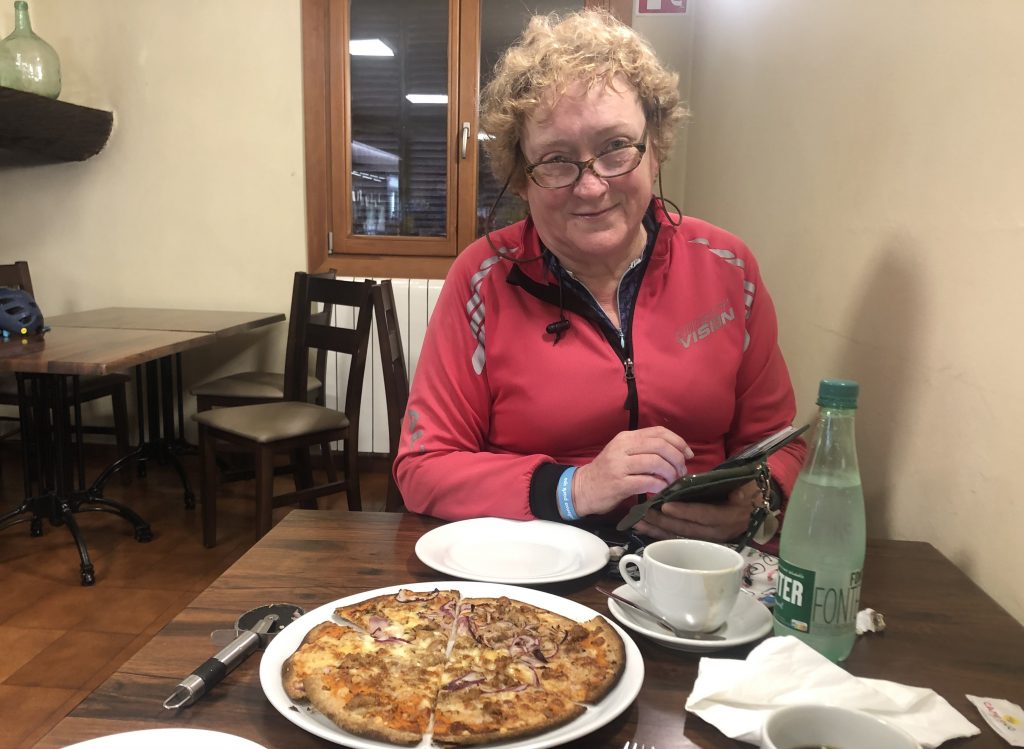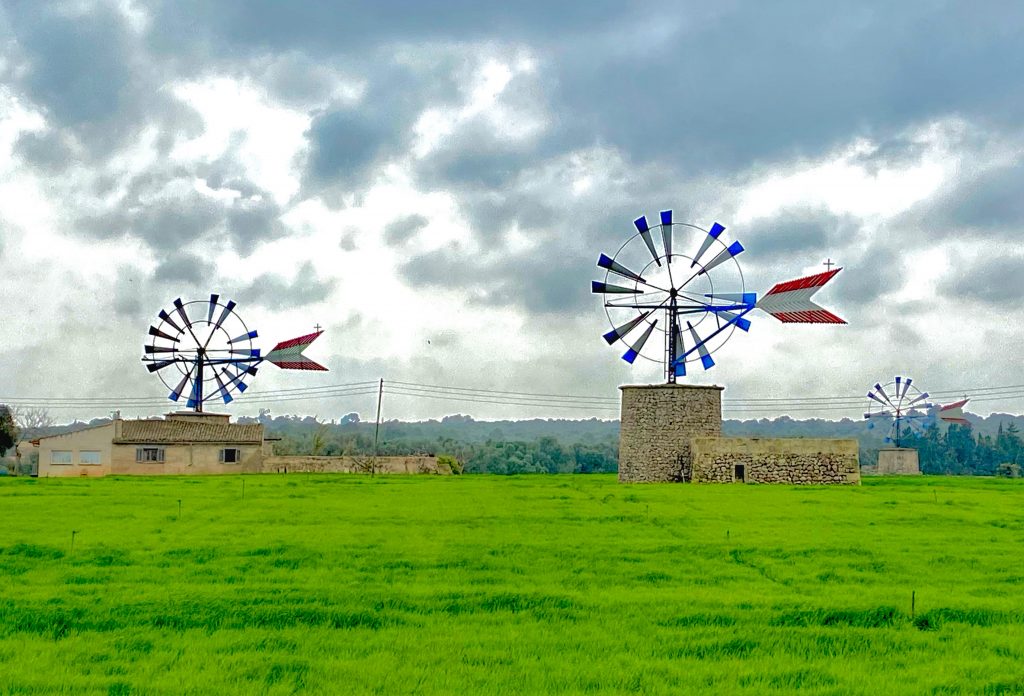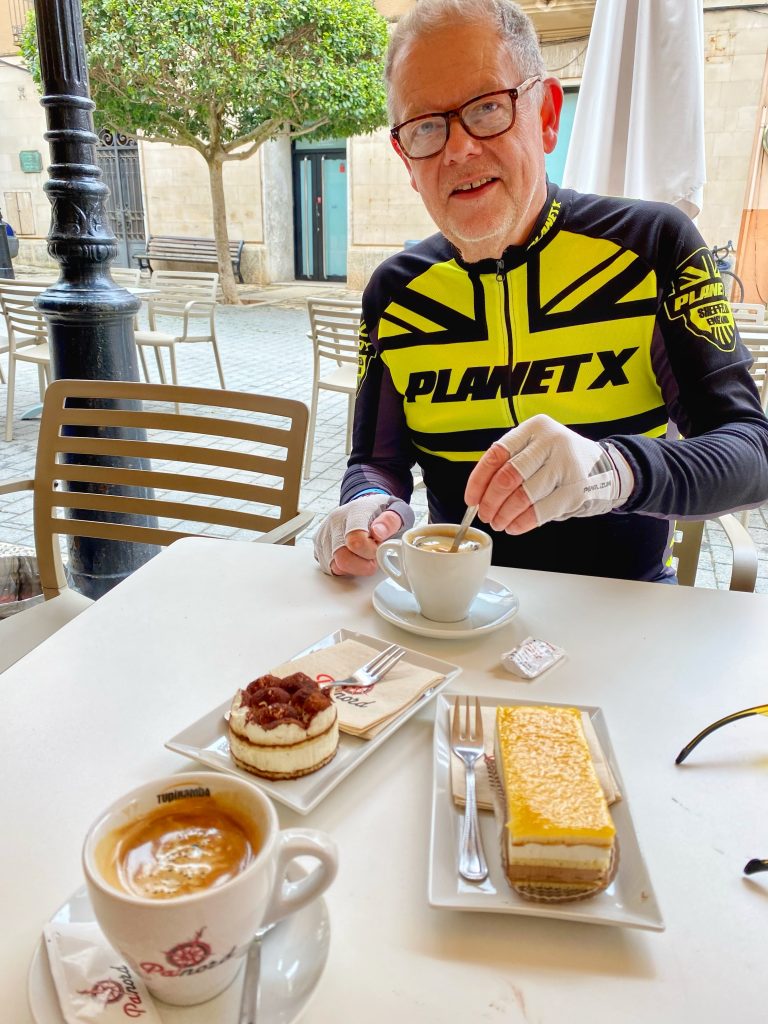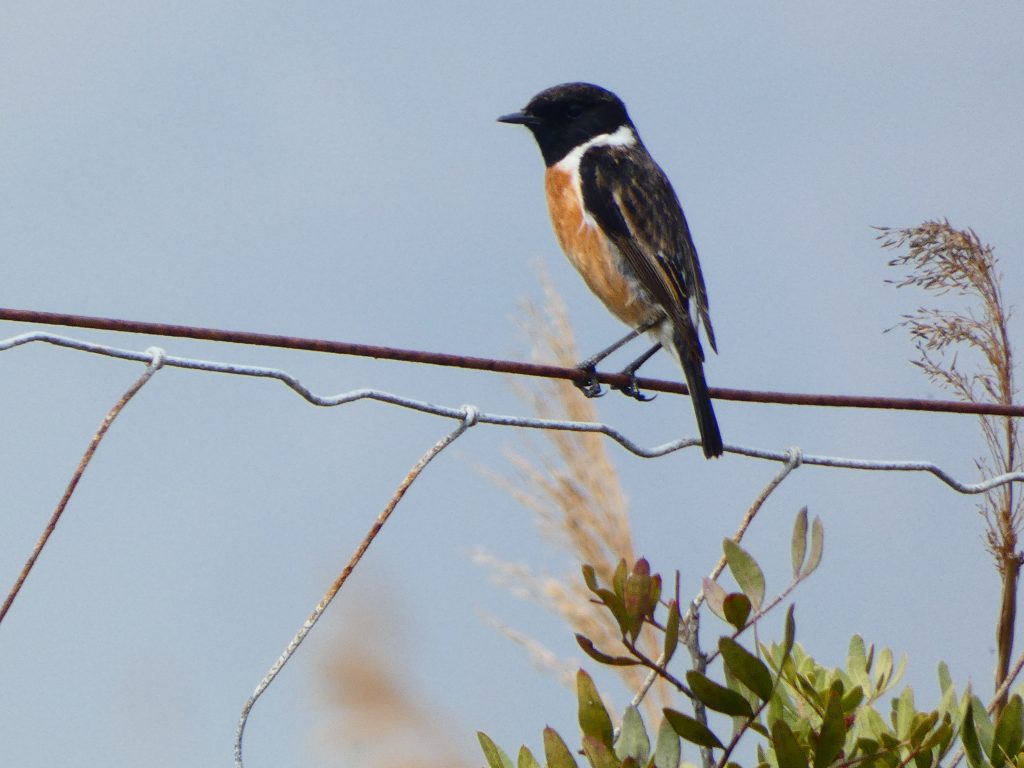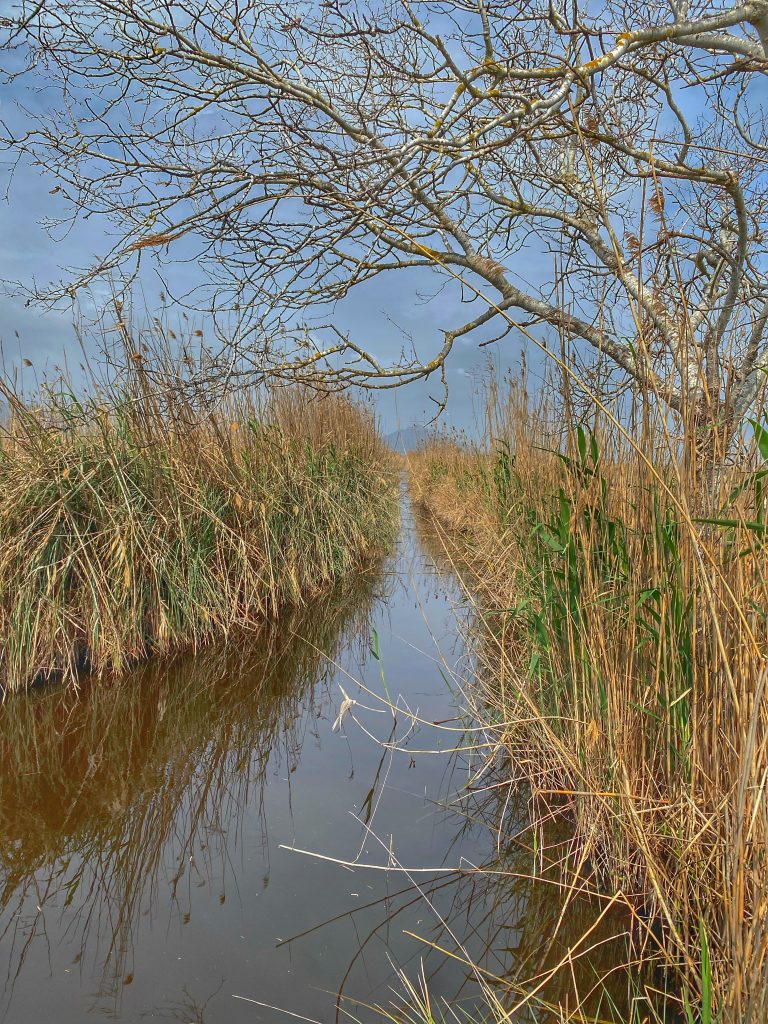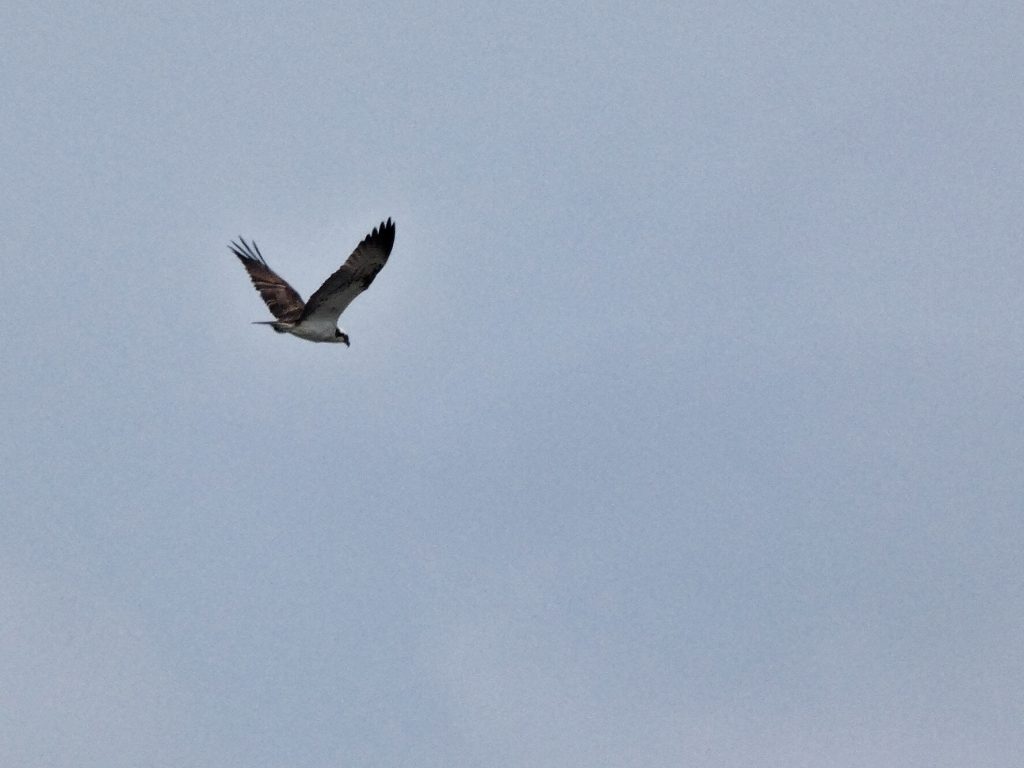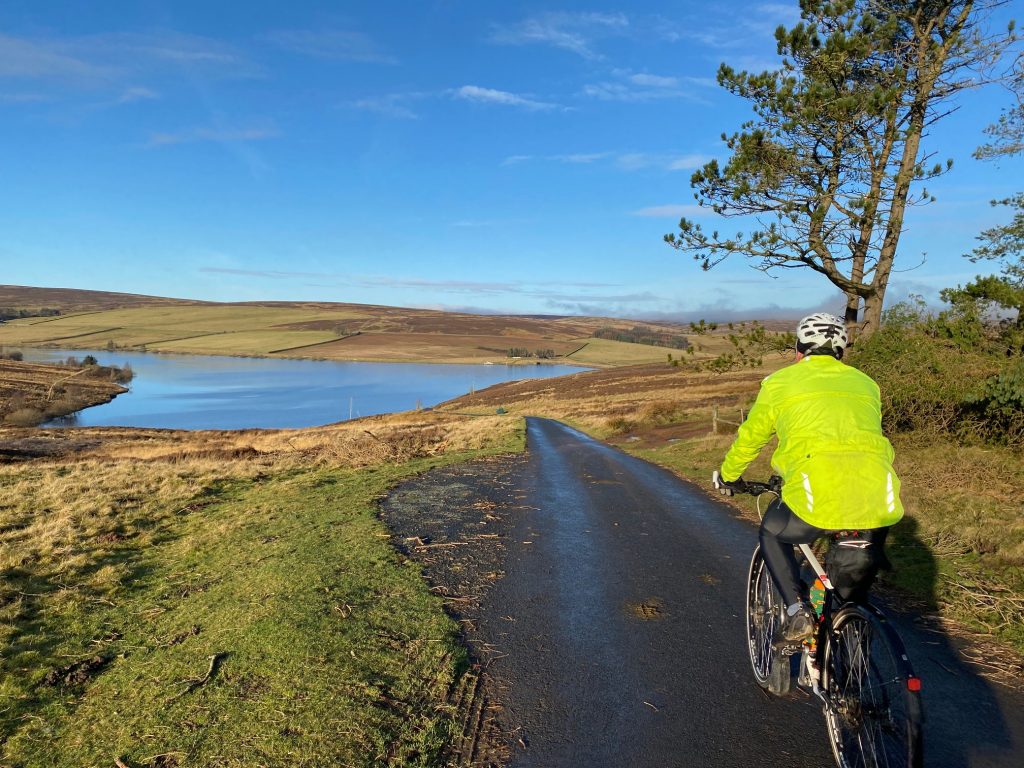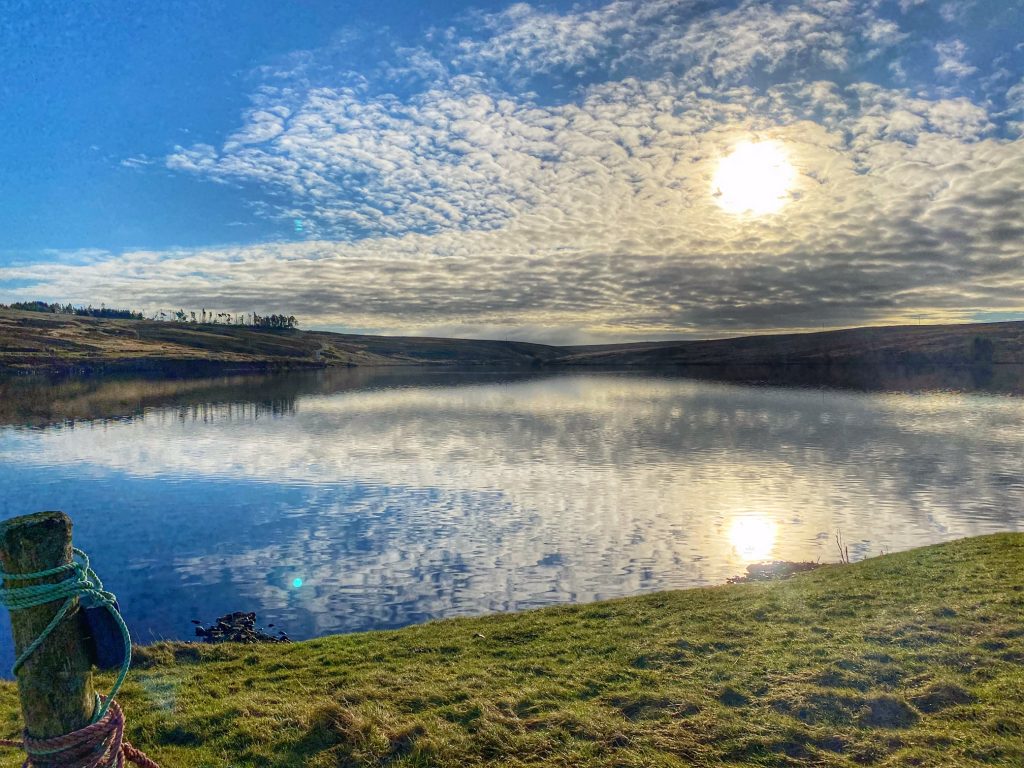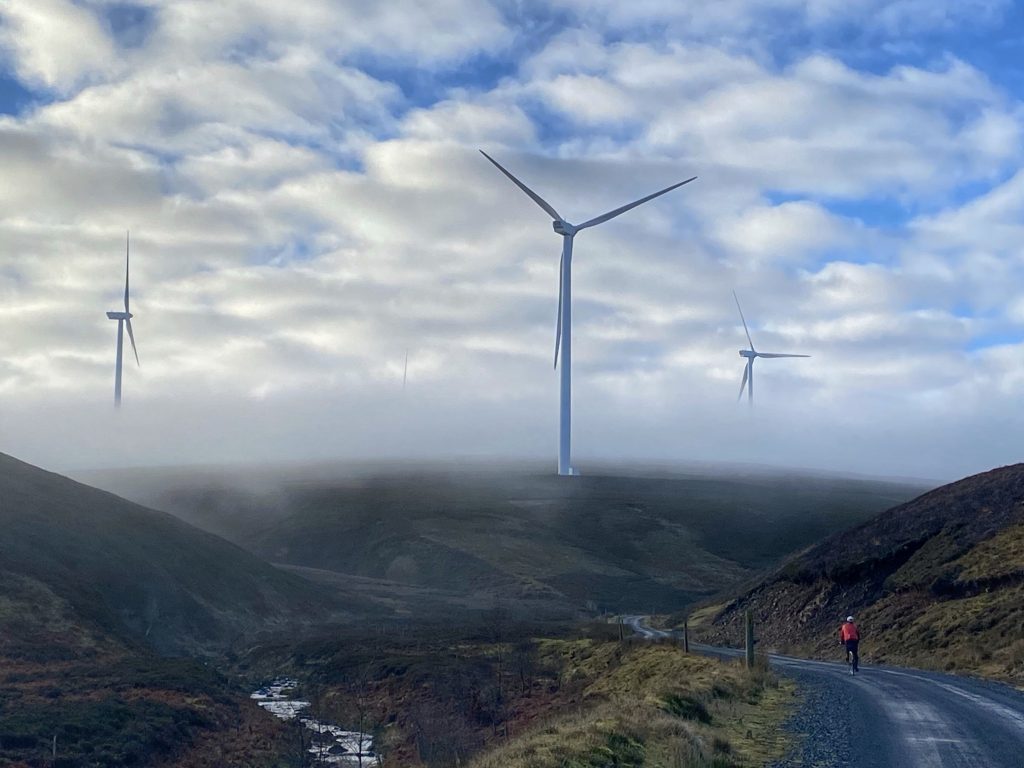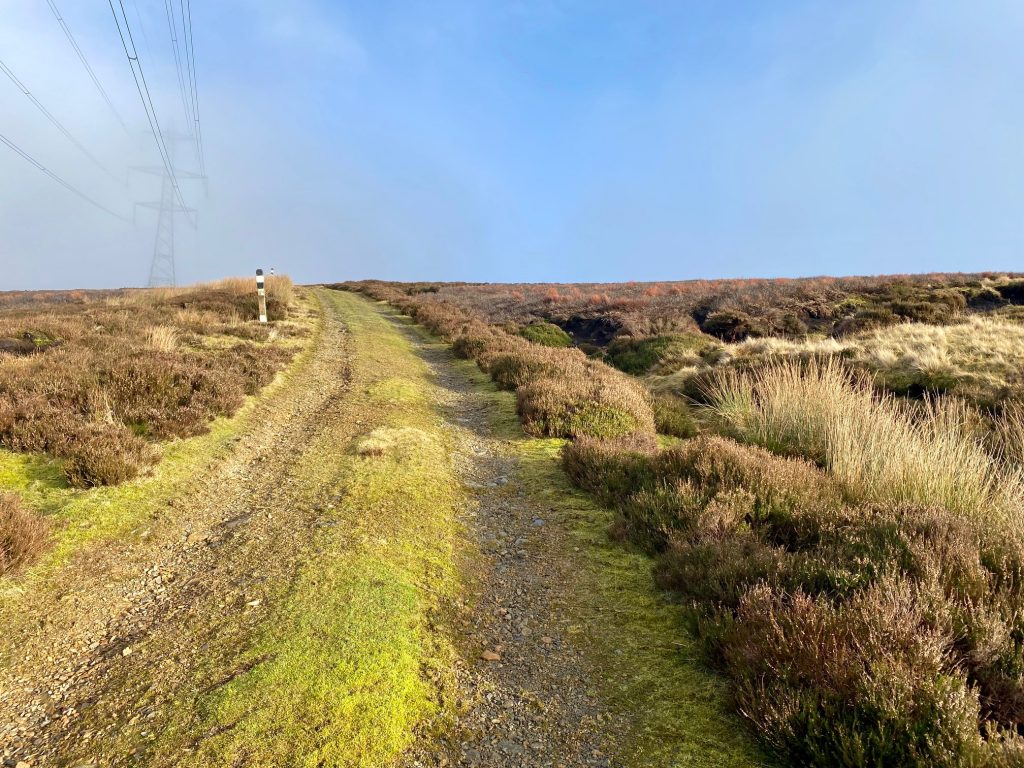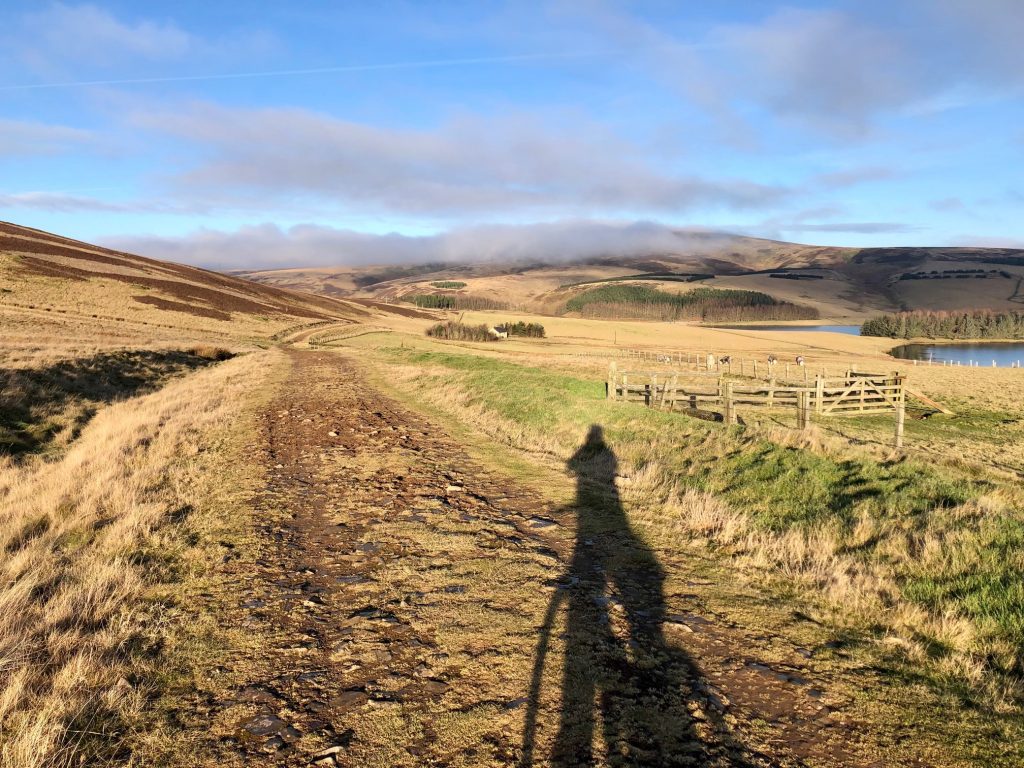We returned to Ibi, near Alicante, for another week’s cycling, having enjoyed our previous visit in 2019 so much. We came with gravel bikes this time, with the idea of adding in some offroad rides, but after giving the Via Verde a try, Colette found the loose gravel a bit hard going in the heat. The ride described here was designed as a return to pure road cycling then, taking us on a loop with Xixona as our lunch stop and passing through Torremanzanas, allowing us to explore some new territory on the way.
We set off northeast from Ibi on the service road for the A7 motorway. Being a Saturday, there was more traffic than usual, mostly people out for a cycle ride coming from the direction of Alcoy.
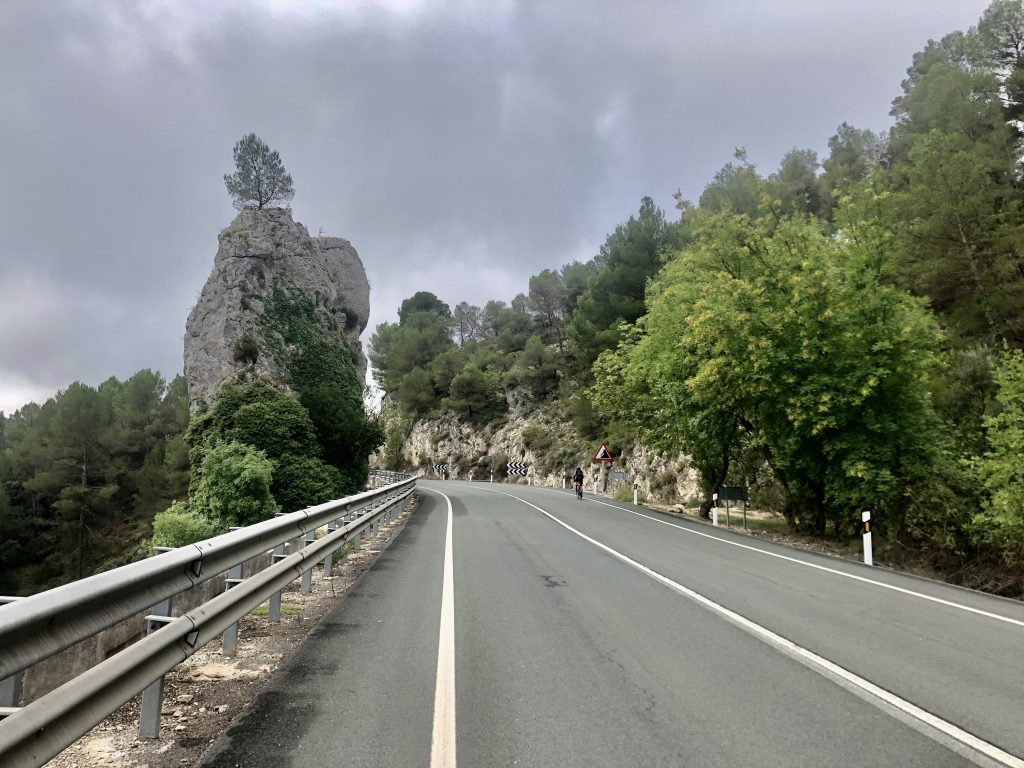
A few miles short of Alcoy, we branched onto the N-340, taking us to a mountainous area where both the Via Verde and the A7 pass through tunnels. Then, approaching a bend, we found a sign telling us that our road was about to pass through a tunnel too. I signalled to Colette to stop so that we could turn on our lights before progressing. But what an anti-climax: the tunnel was barely 50 yards long!
Shortly, we turned right onto the CV-785 and started climbing again. But it didn’t last all that long, and soon the road descended then flattened off till we reached Benifallim. We decided to investigate the village in search of a coffee stop, and found a bar with a single table outside, opposite the church.
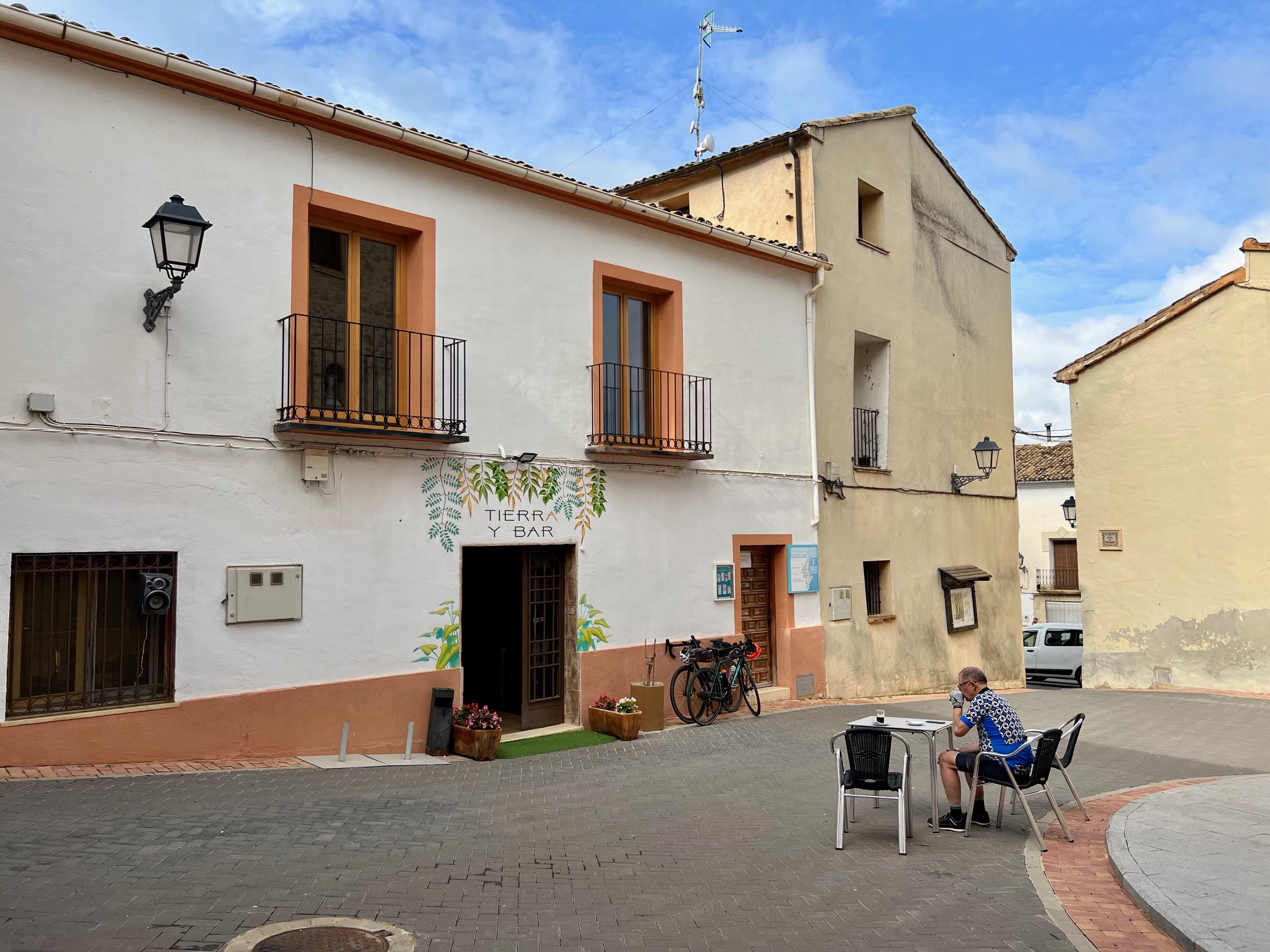
We had coffees and a wander to take photos before departing, and leaving behind Colette’s latest pair of sunglasses, which we didn’t discover till way later of course. Another pair bites the dust!
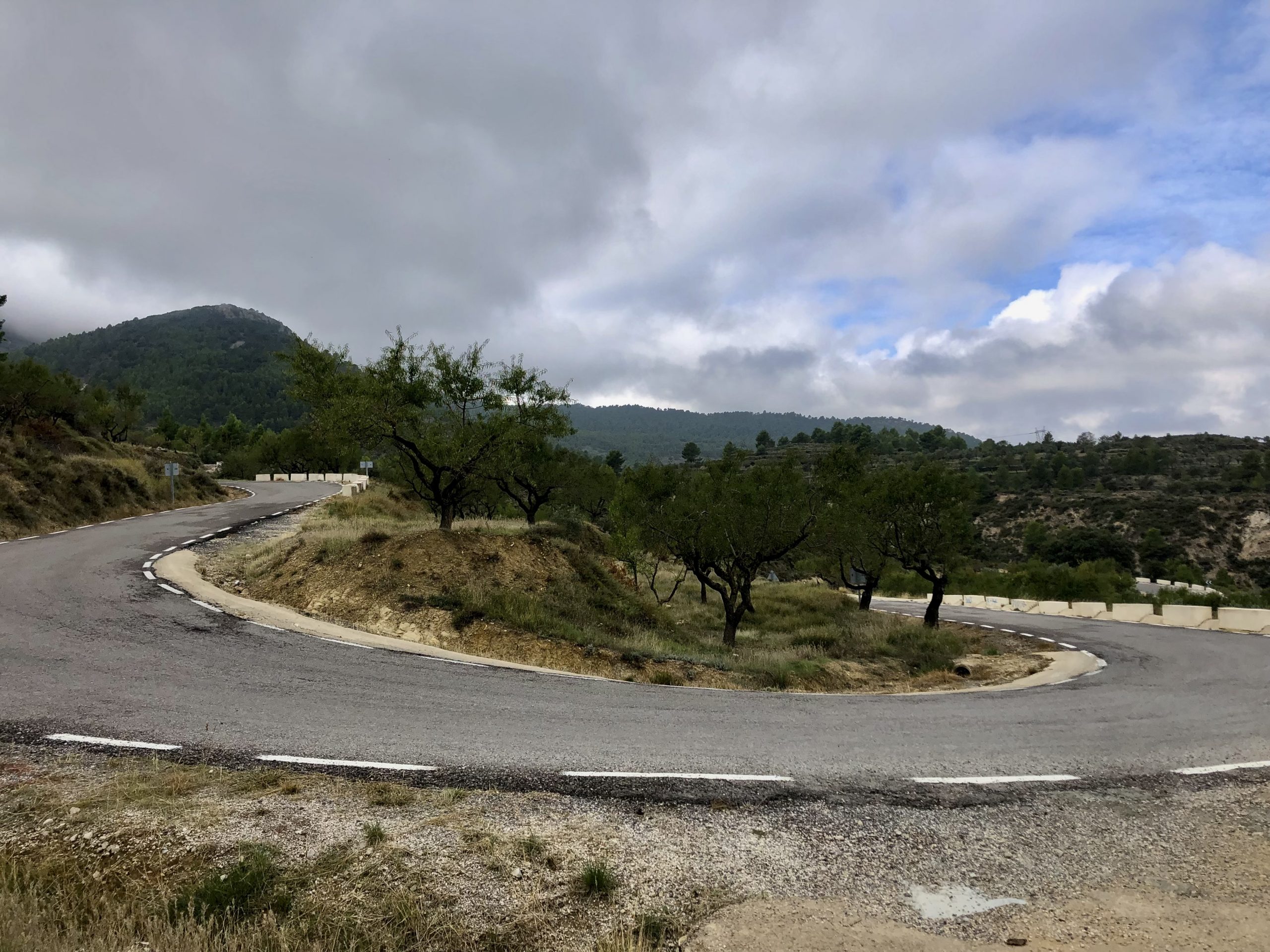
Straight after leaving the village, we started a 3-mile climb (Puerto de Benifallim) at an average gradient of 5.8%. It was a pleasant climb, with plenty of hairpin bends giving good views down where we’d come from.
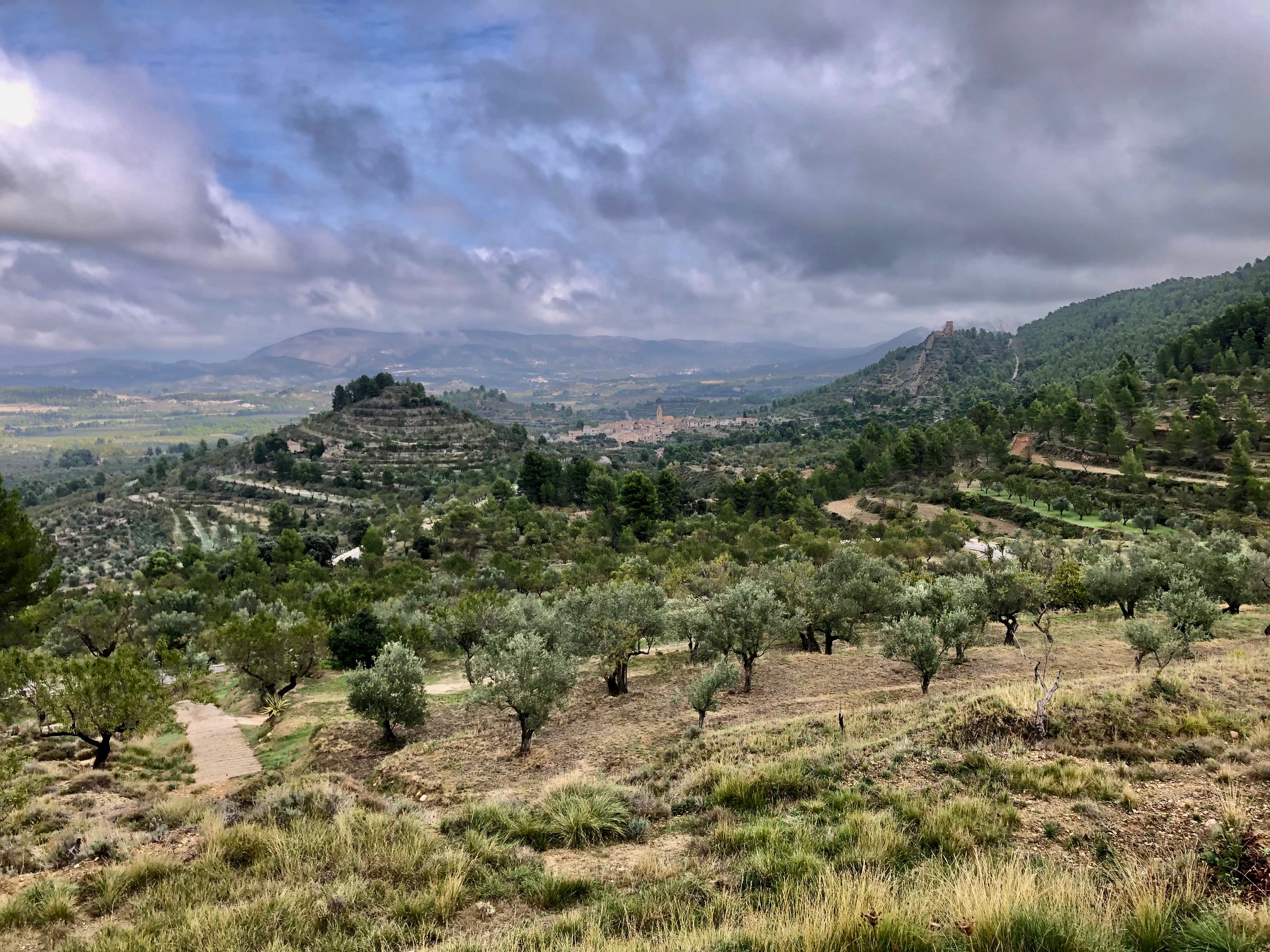
As we approached the top, we escaped the cloud which had been around since the start of our ride, and emerged into warm sunshine. Then, from the top, we had a descent of around 1800 feet to enjoy. Some of it was pretty straight road with gentle bends, where just freewheeling took you to over 40mph, and other cyclists were overtaking me at significantly greater speeds. Some of the descent was more technical, where I opted to take things nice and easy, making good use of my hydraulic disc brakes.
Near halfway through the descent we passed through Torremanzanas, which translates as “tower of apples”. Although we weren’t stopping at this place, I kept a lookout as we passed through to see if I could identify anything like an apple tower. Maybe it would be like Appleton Tower in Edinburgh? Nothing matching either description was seen by me, but next time I’m passing, I think I need to stop and investigate further!
We just kept on descending till it petered out, and even gave us a little uphill to contend with before we reached our lunch stop at Xixona. We found a likely place for lunch on Avenguida de la Constitucio, next to the ice cream parlour that we frequented on our last trip to the area.
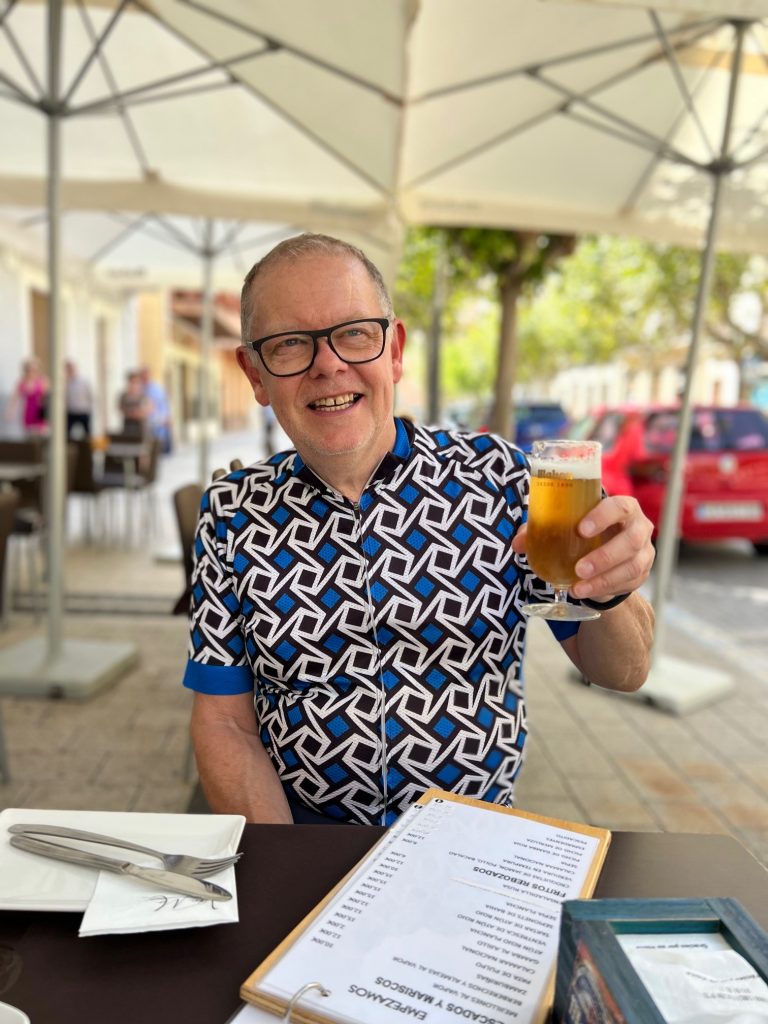
I asked “Comida…?” (means “food”) in a hopeful voice, and we were ushered to a table. We were offered menus, which was a relief, as we have previously found that issuing the word “menu” can result in you getting given the “menu del dia”. This is no bad thing normally, but a massive three or four course lunch is not what you want when cycling.
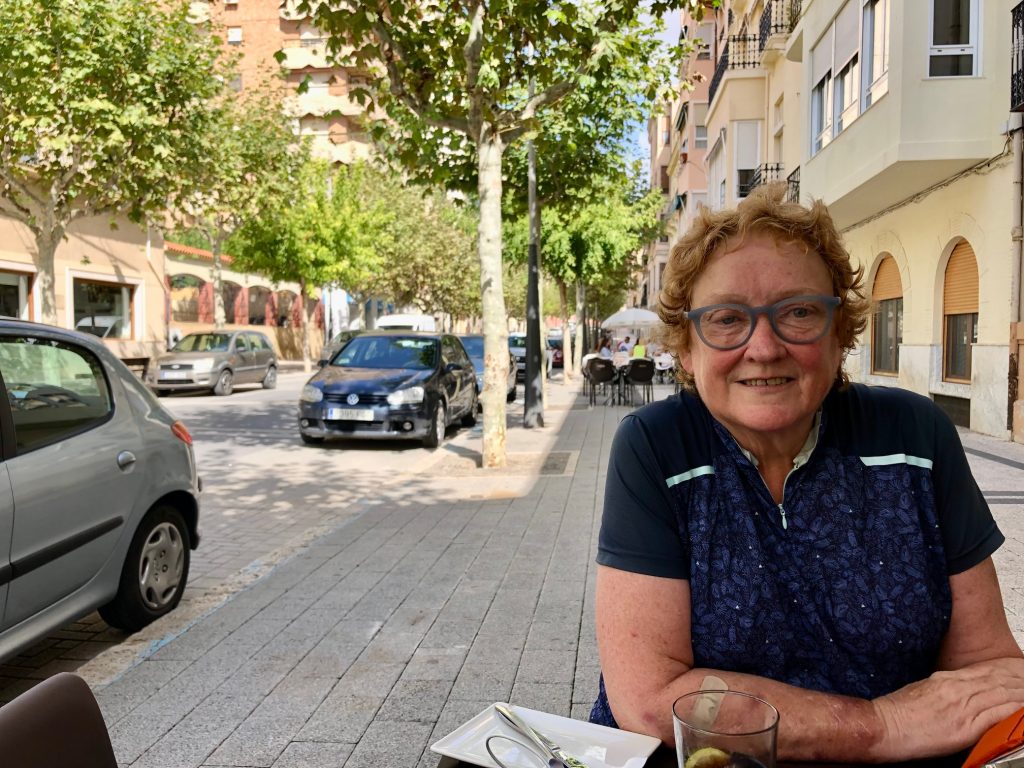
Doing our best to translate the menu, Colette liked the sound of the battered prawns with aioli. I did too, so I said “gambas” (prawns) and pointed at both of us. The waitress had a problem with this, and eventually, by letting her type into Google translate on Colette’s phone, we found that there was only one portion left. So I decided to make things simple and ordered a hamburger. Then Colette asked for “patatas bravas” also as a side. We kept our fingers crossed and hoped for the best!
Another waiter arrived an said “no patatas bravas” and suggested in Spanish some other type of patatas instead. I said yes, and wondered what that might be. A packet of ready salted crisps then appeared! Actually, that was perfect to go alongside the olives and our drinks, while we waited in the relaxing Saturday lunchtime sun.
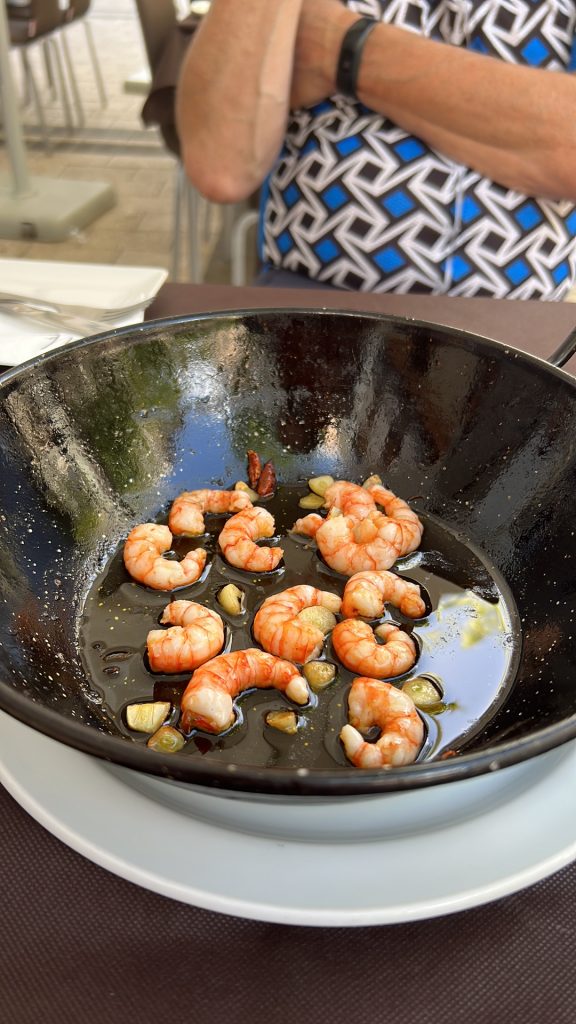
Gambas – our favourite, and we didn’t even realise we’d ordered it!
When the waitress next appeared, she brought prawns in olive oil with garlic and chilli. This is normally what you get when you ask for “gambas”, though it wasn’t on the menu that we were given. We both love it, so that was a pleasant surprise. We shared that between us, mopping up the oil with bread, then the battered prawns arrived, followed by my hamburger. Both were shared, and both were incredibly good.
We’ve come to refer to getting lunch out in Spain as a “comida of errors”, as we’re never certain what we’re ordering, but the Spanish waiting staff are always very patient and helpful, and whatever it is we get is always tasty and very reasonably priced. If you can cope with the level of stress and jeopardy involved, then this approach can make a fun alternative to learning Spanish!
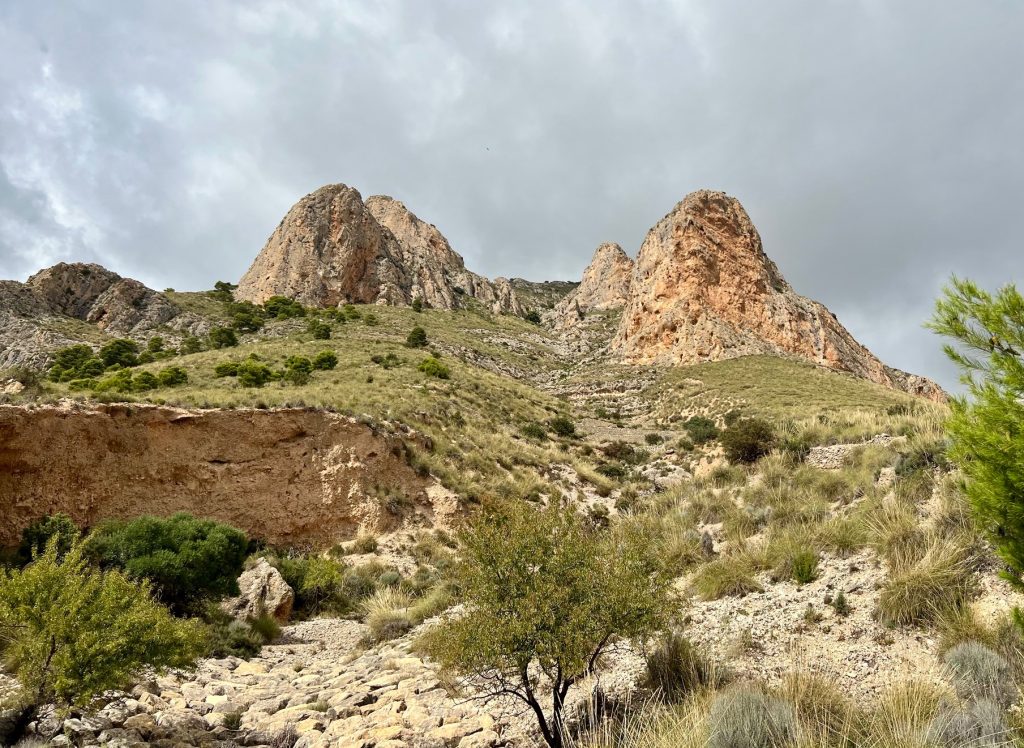
After that good long break, it was time to get back on the bikes and face the steep ride out of town, and then onto the Puerto de Tibi climb. That climb starts off hard at around 10% for a fair while, before suddenly easing off to false flat. It was now quite a hot afternoon, and as I waited on the flat section for Colette to catch up, the silence was broken by the ping-ping-ping pf the metal crash barriers expanding in the heat.
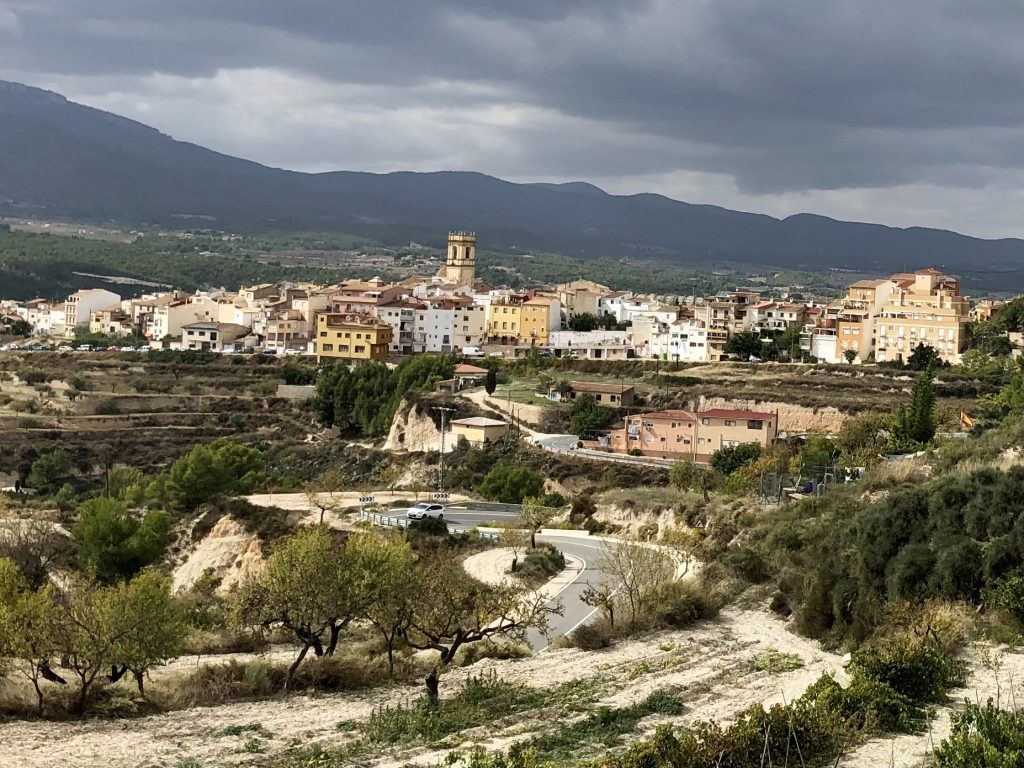
The winding road into Tibi
The descent was another fast one, taking us almost into Tibi, but not quite. The final section was a bit cruel, making us crawl up in bottom gear before we reached the town and another break for a cold drink.
We found a restaurant that was very busy serving lunch, so we were low priority and had to wait quite a while to get our cold drinks.
Then there was the final leg back from Tibi to Ibi, which was about 7 miles of mostly uphill, but never too steep.
As we approached Ibi, I could see a rain cloud fringed by a rainbow hanging over the town. It stayed there for most of our approach, only to fizzle out just before we arrived, so we only felt the odd spot of rain, despite the roads being wet and the gutters and small streams rushing with discoloured water. I felt smug that we’d managed to miss the rain. That was until I remembered we had washing hung out on the line on our terrace!
I routed us via some minor roads back to the apartment to avoid traffic, but it just seemed to take an age to get there. We were both feeling a bit tired after another day of climbing in the mountains, but also very satisfied and grateful to have experienced more of the best kind of riding that Spain has to offer.

